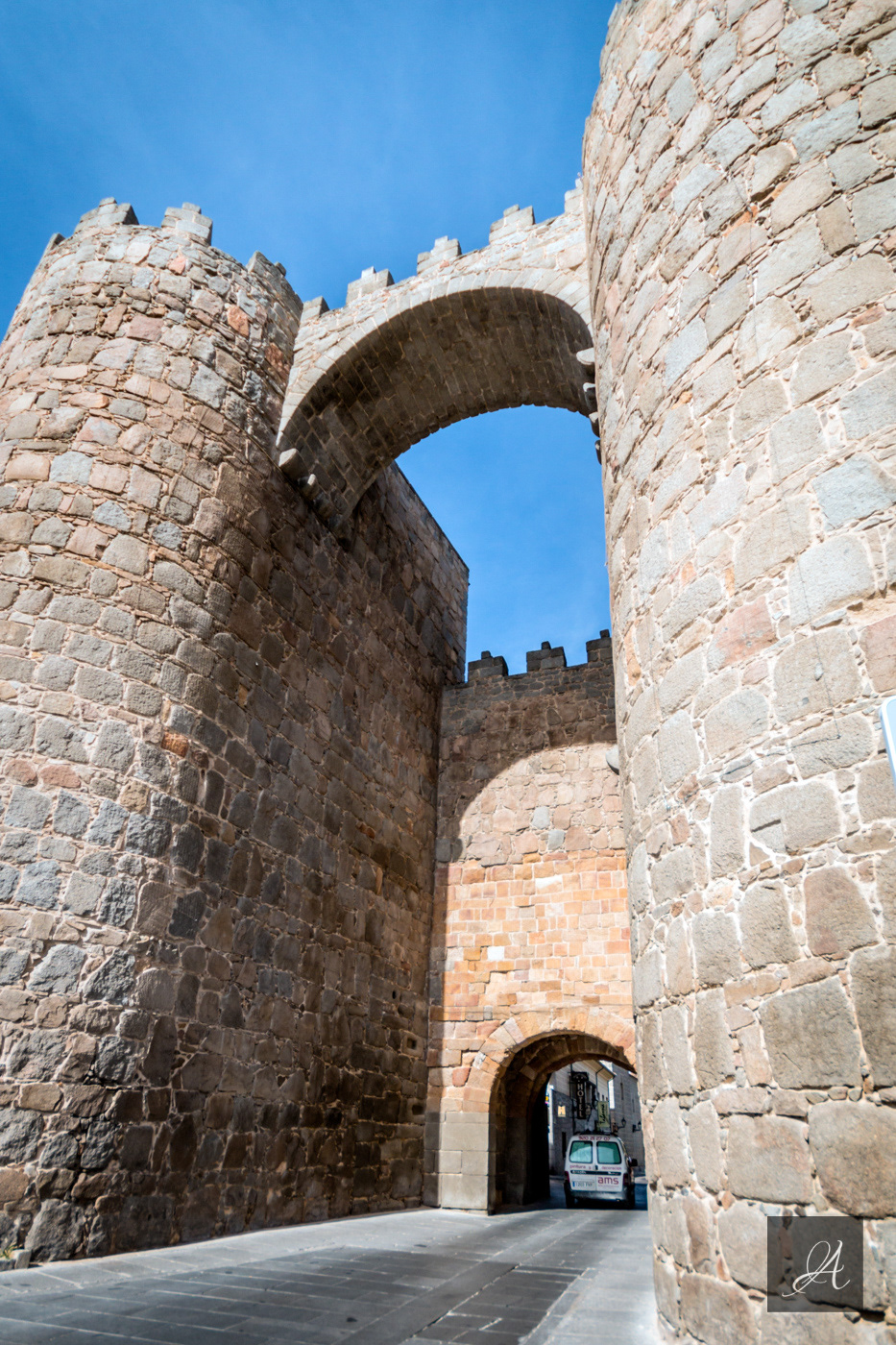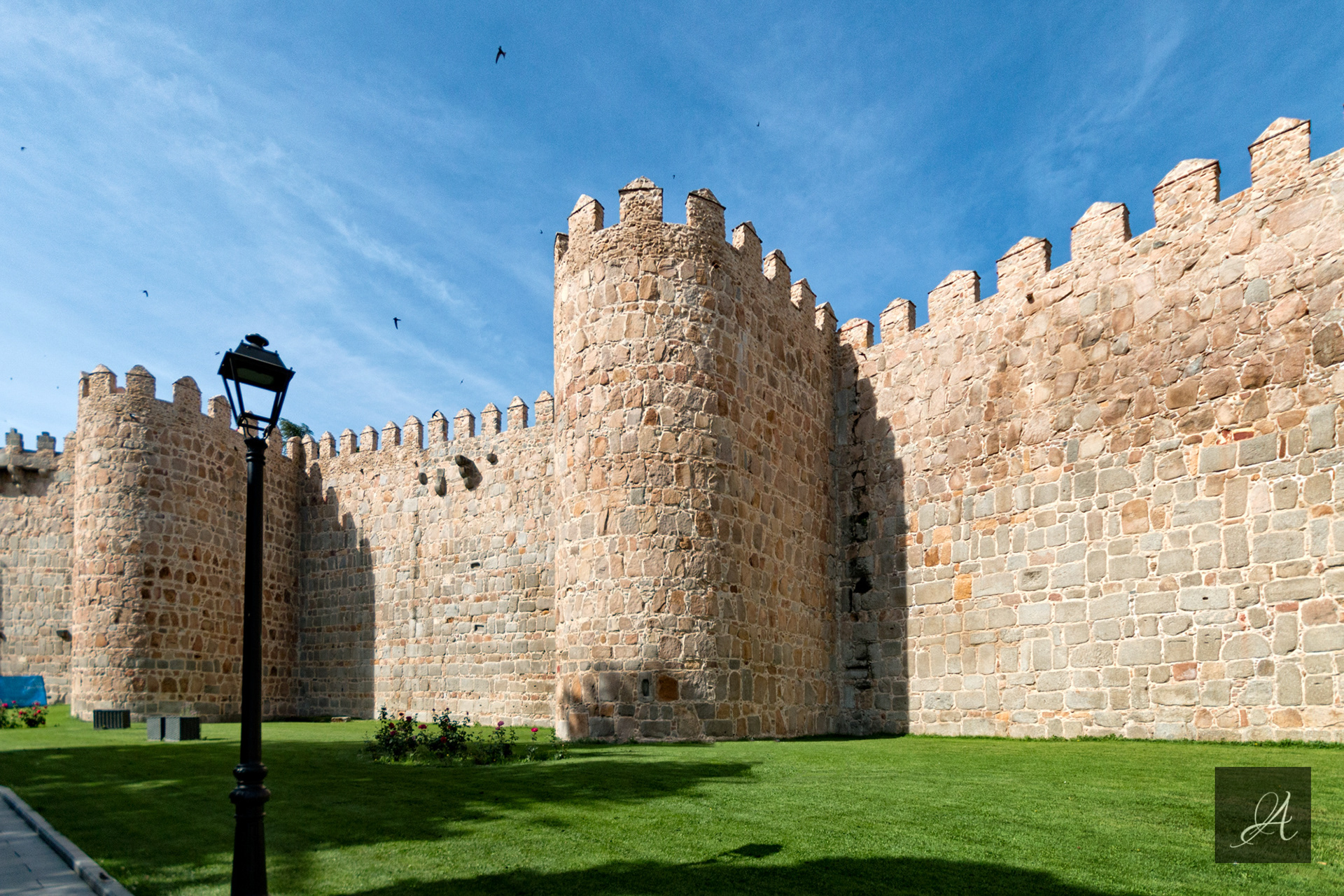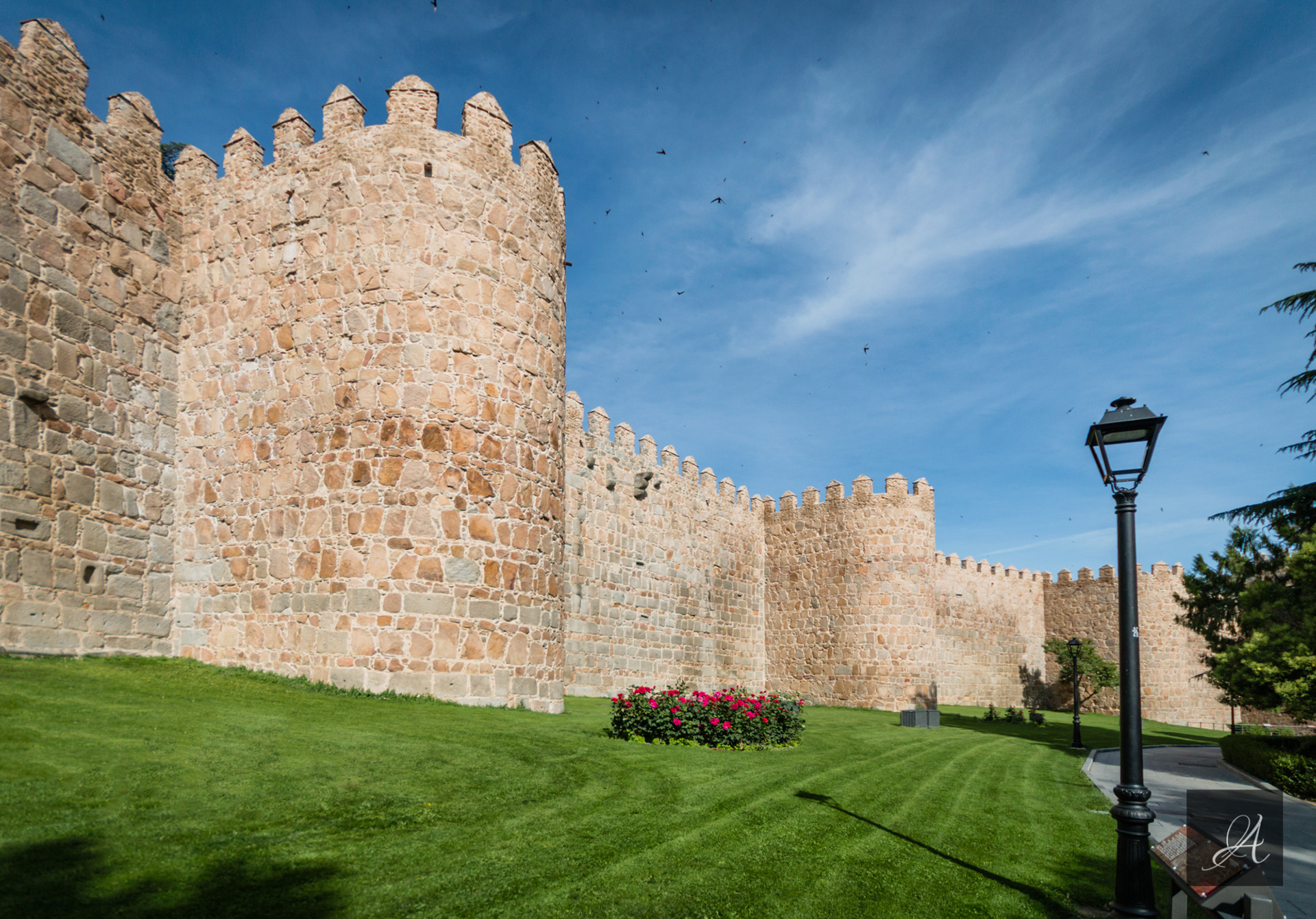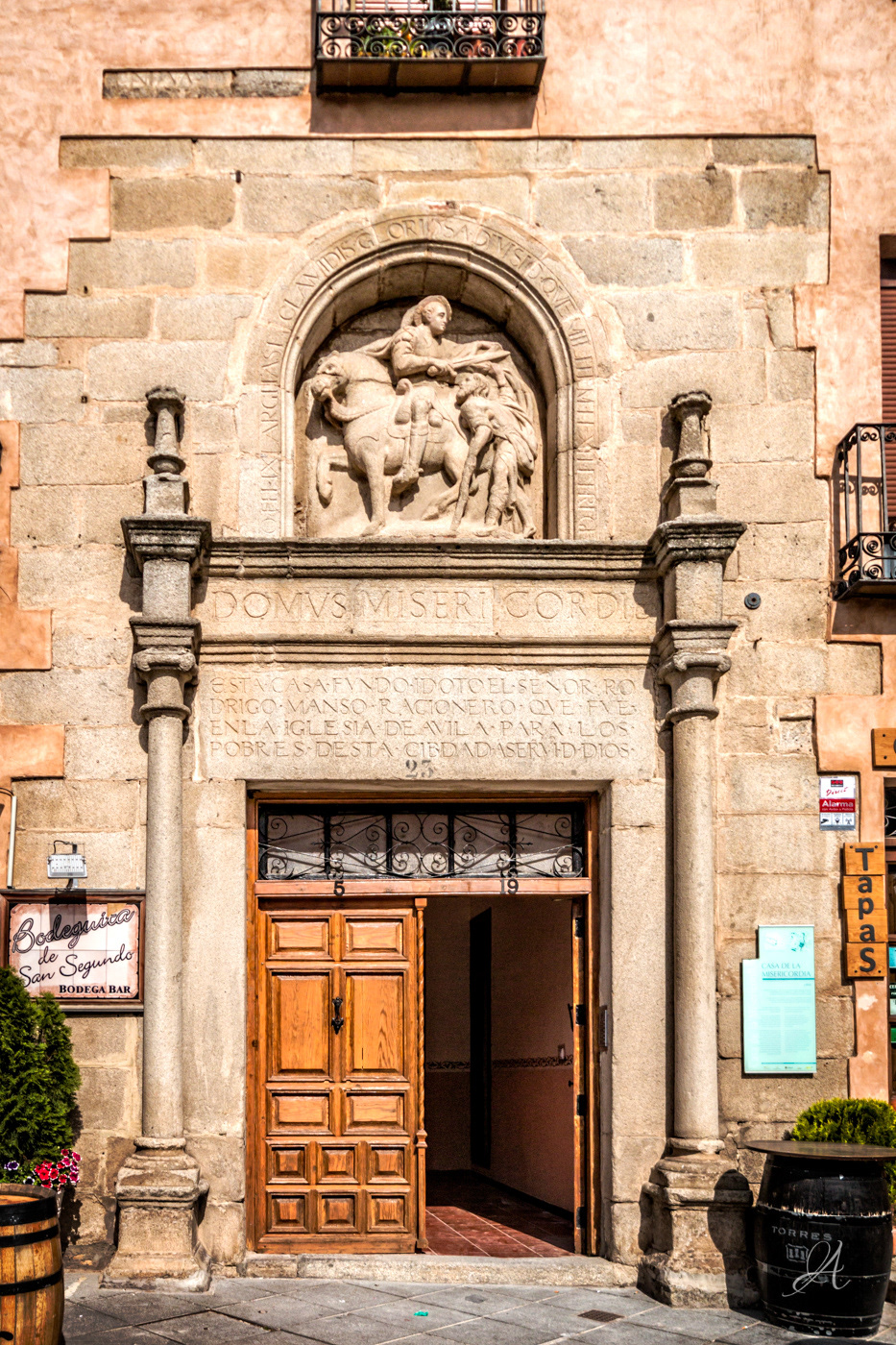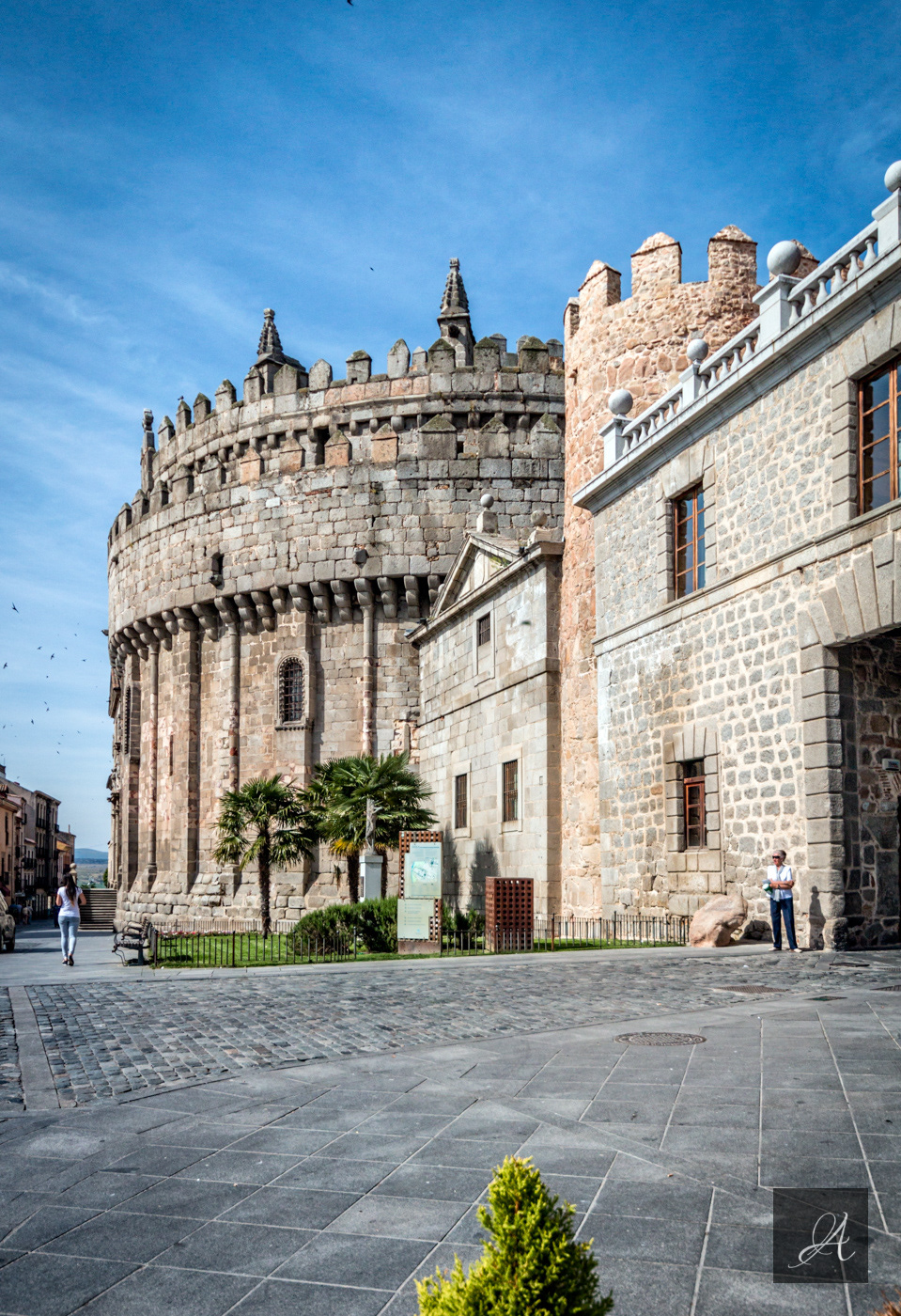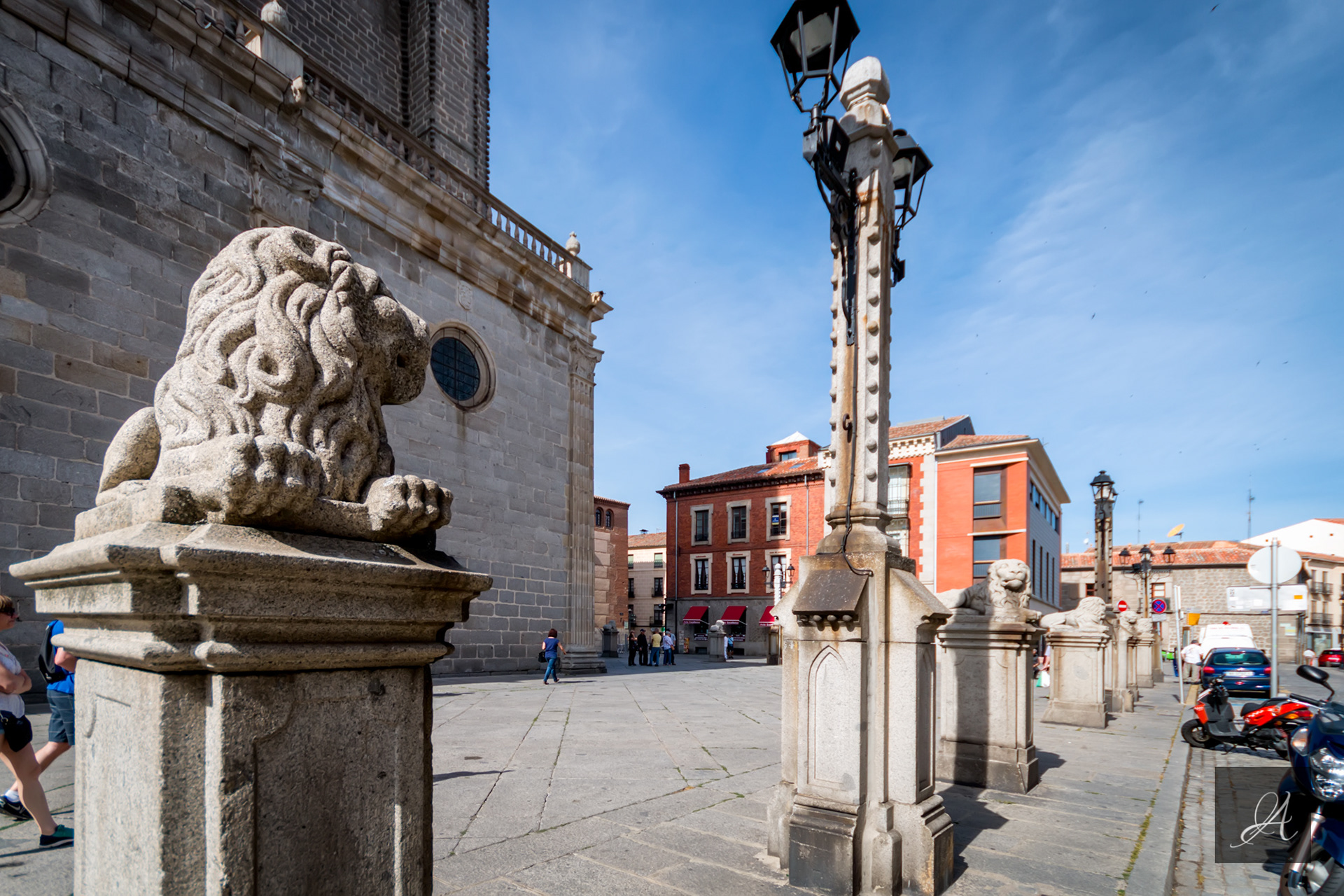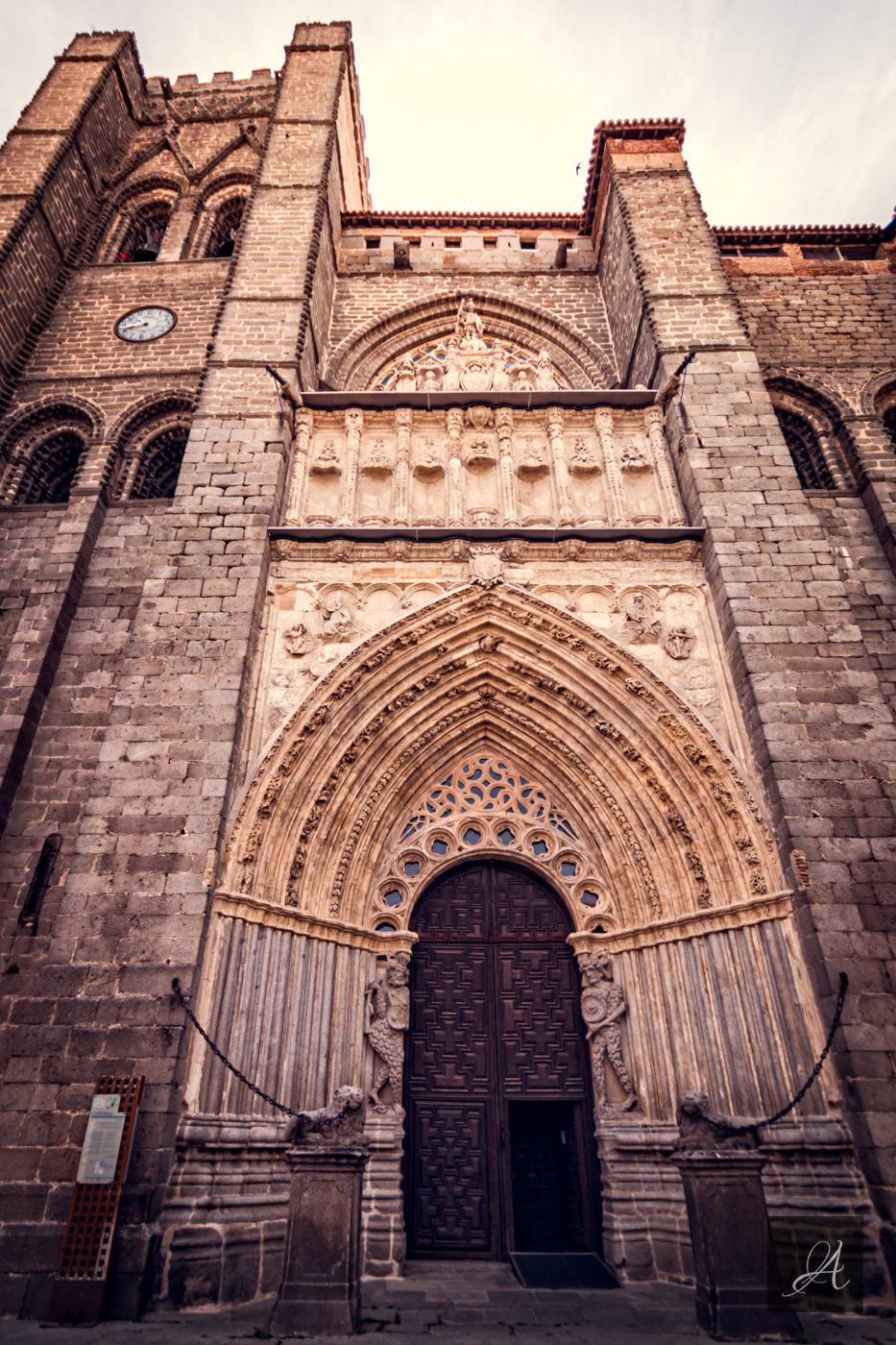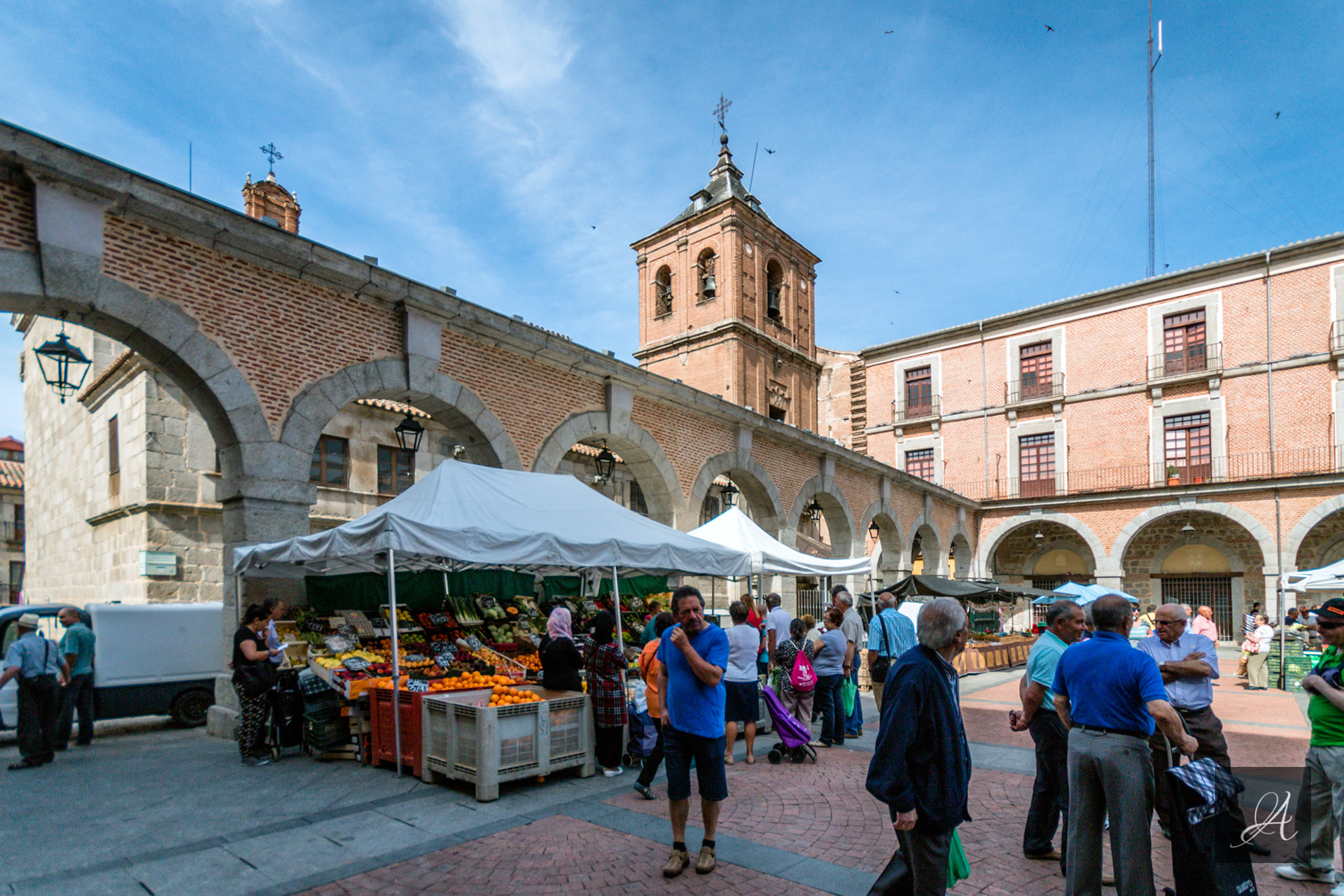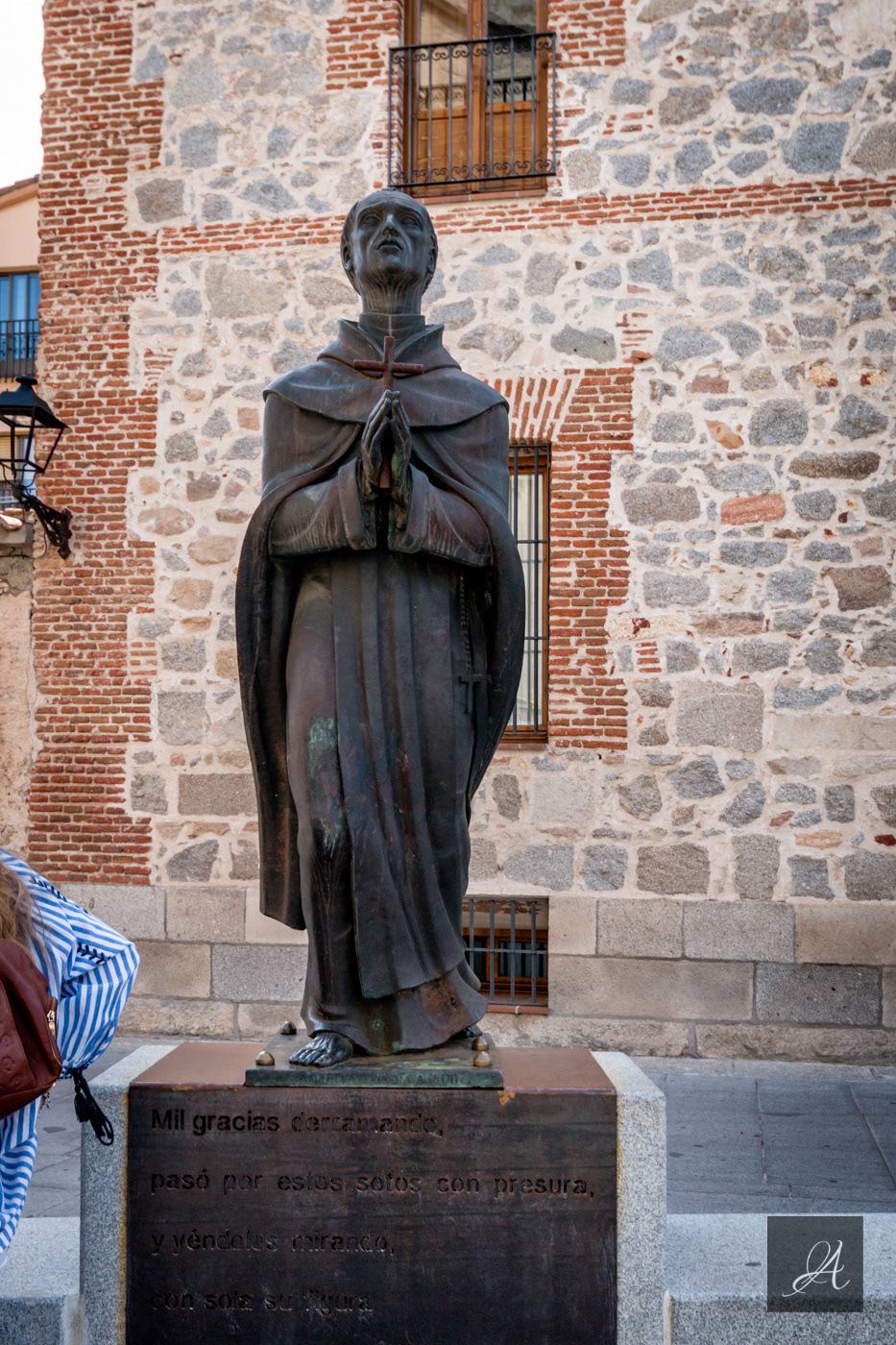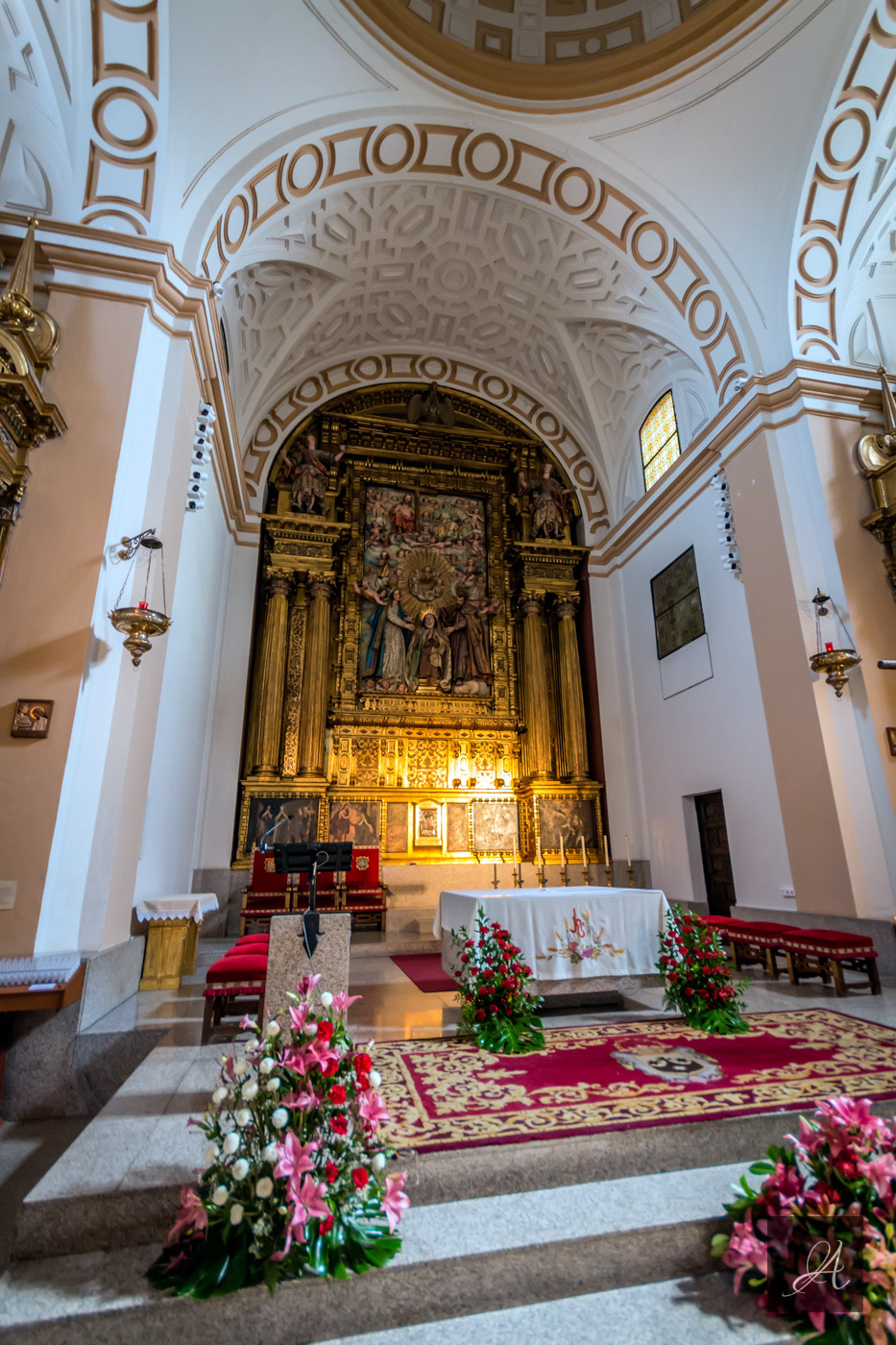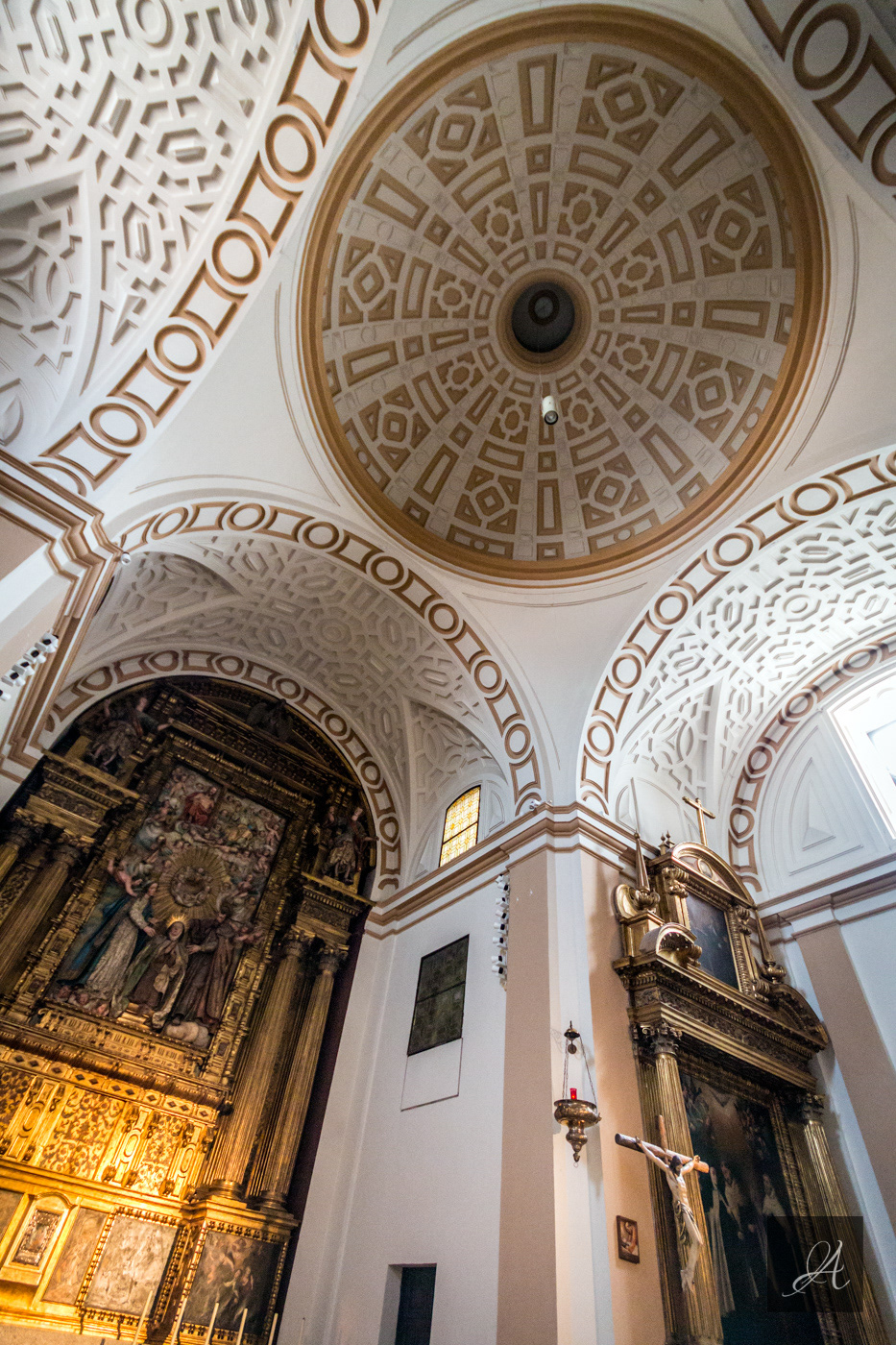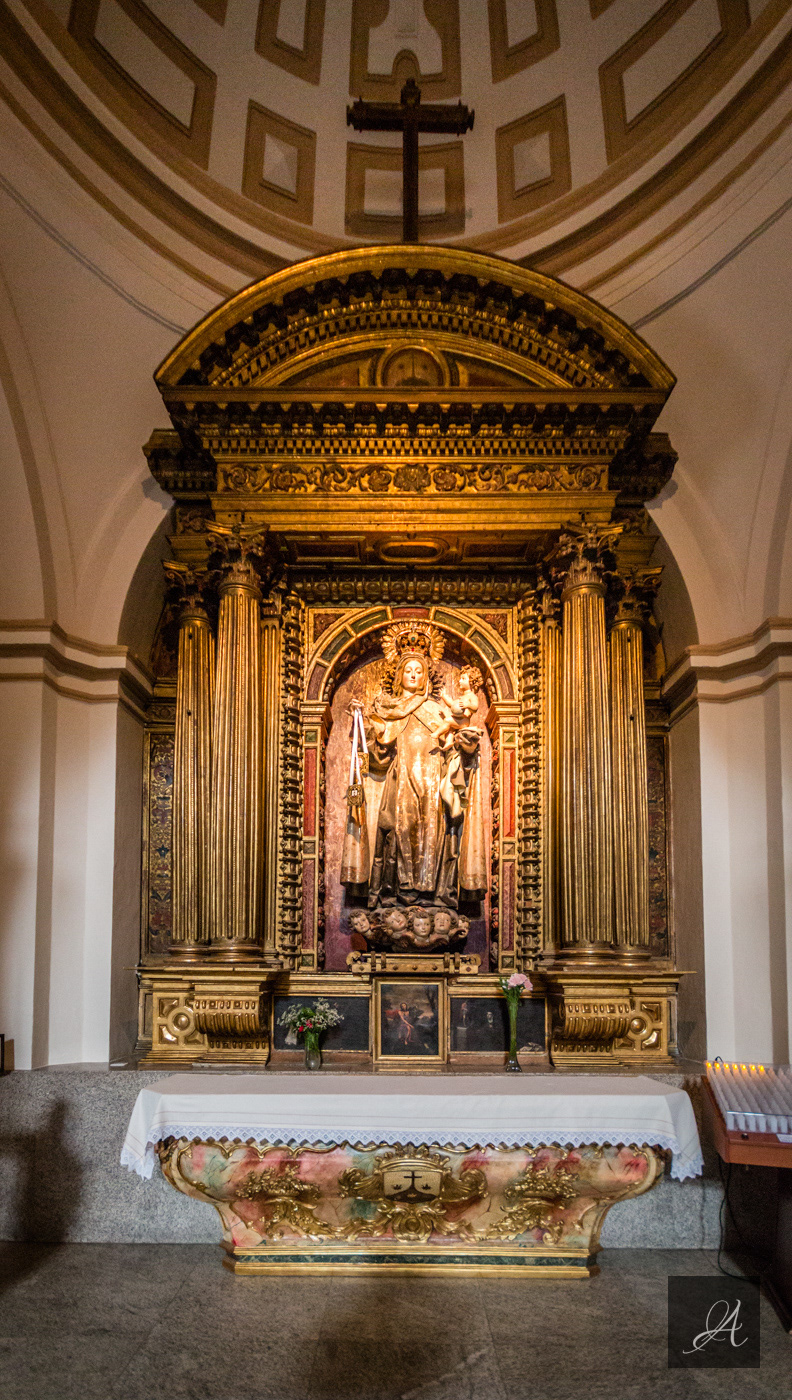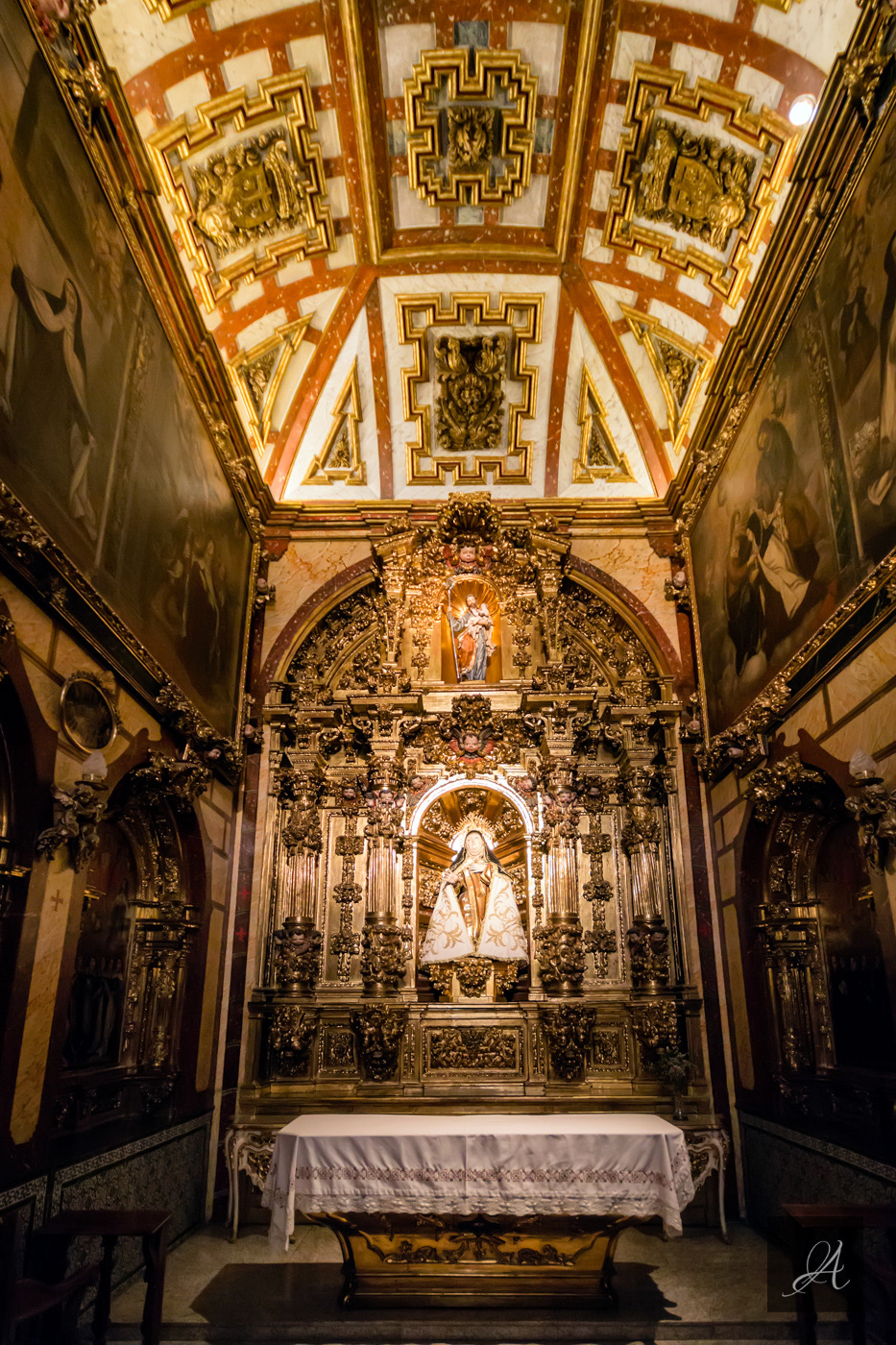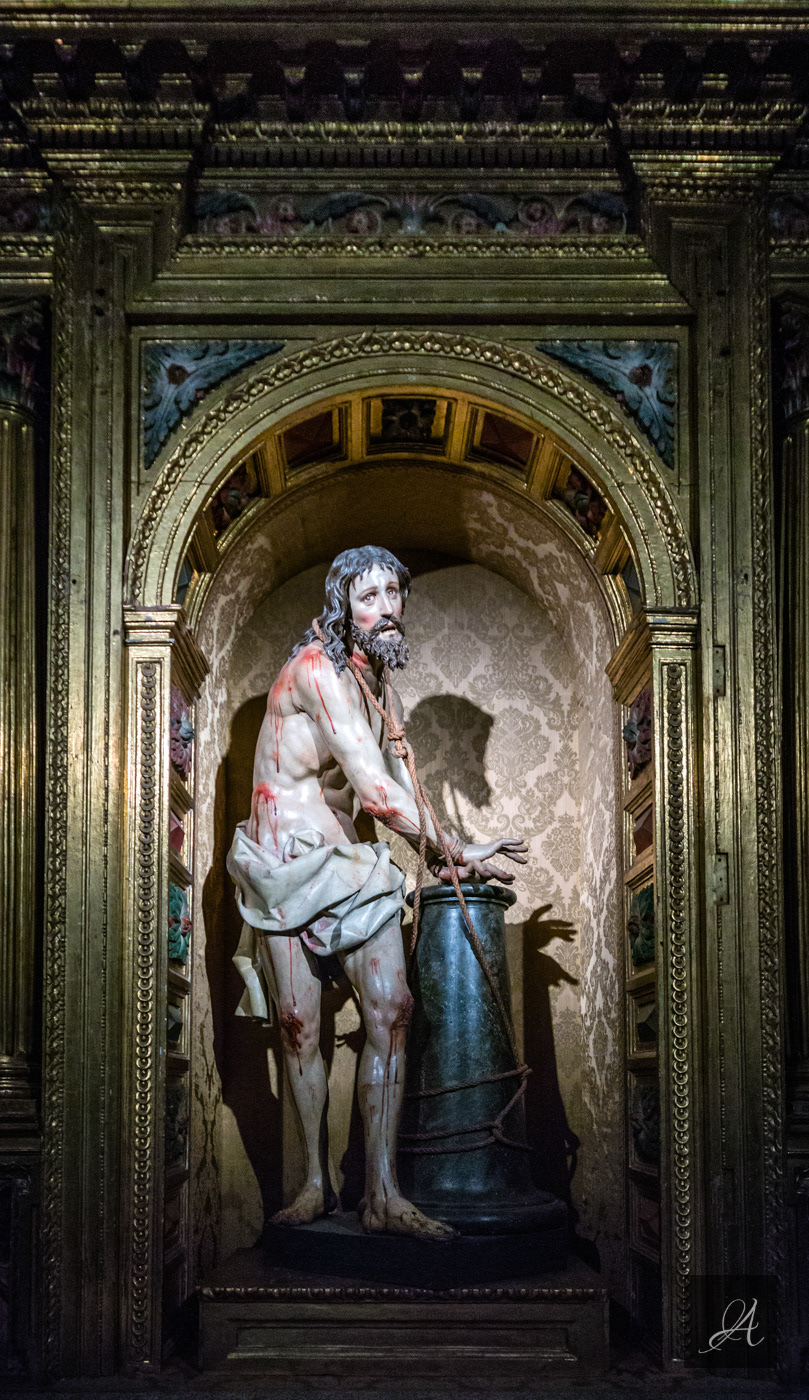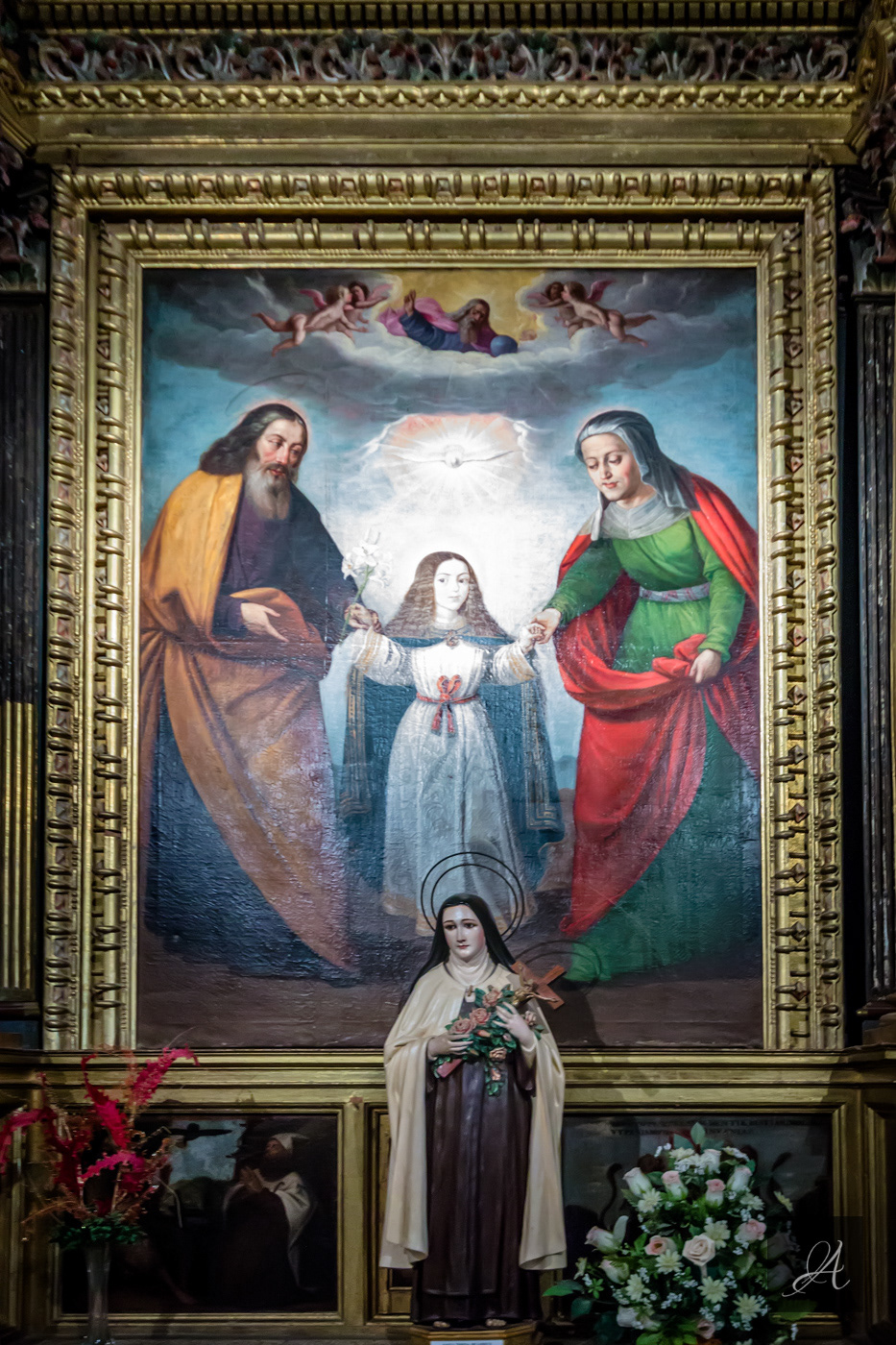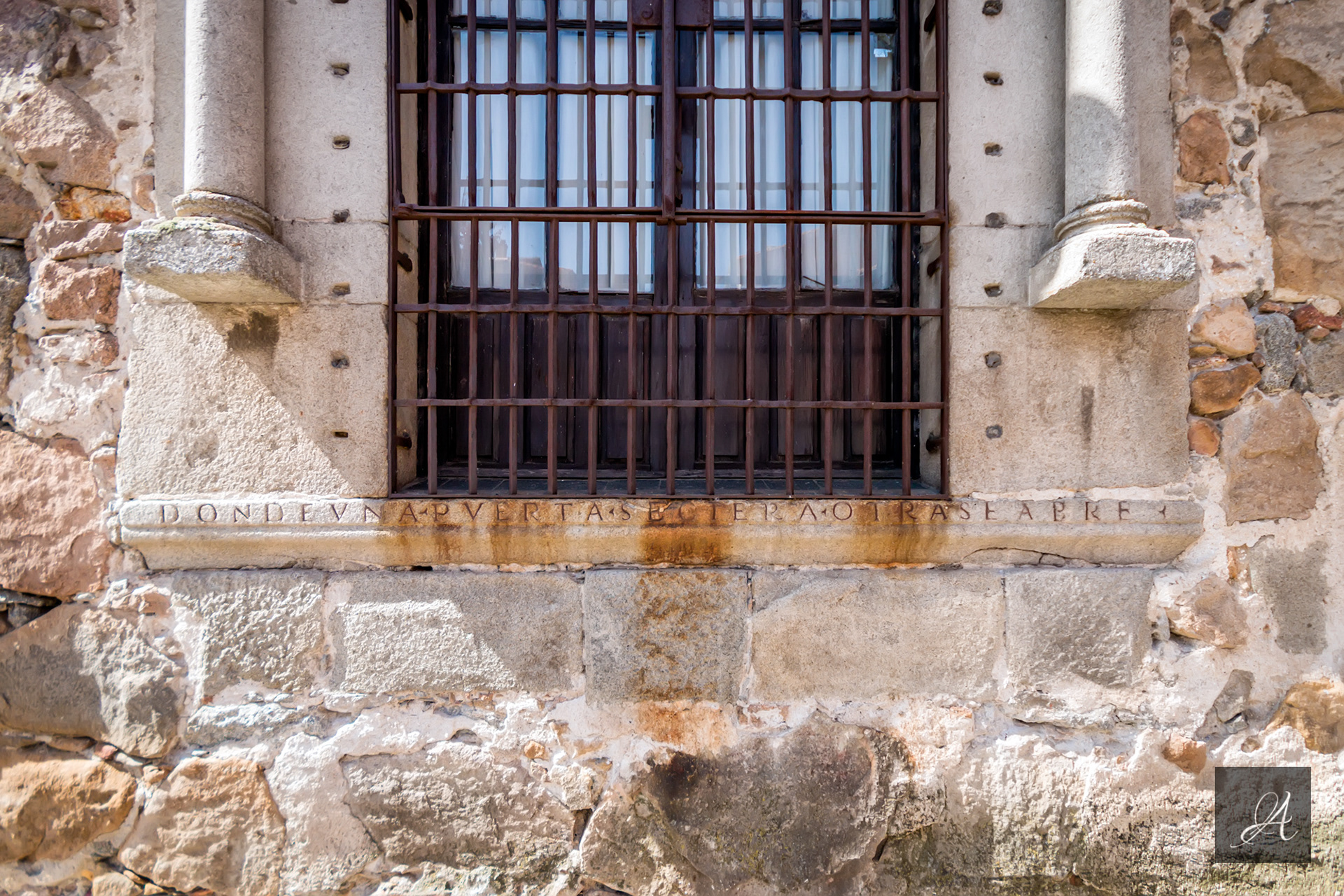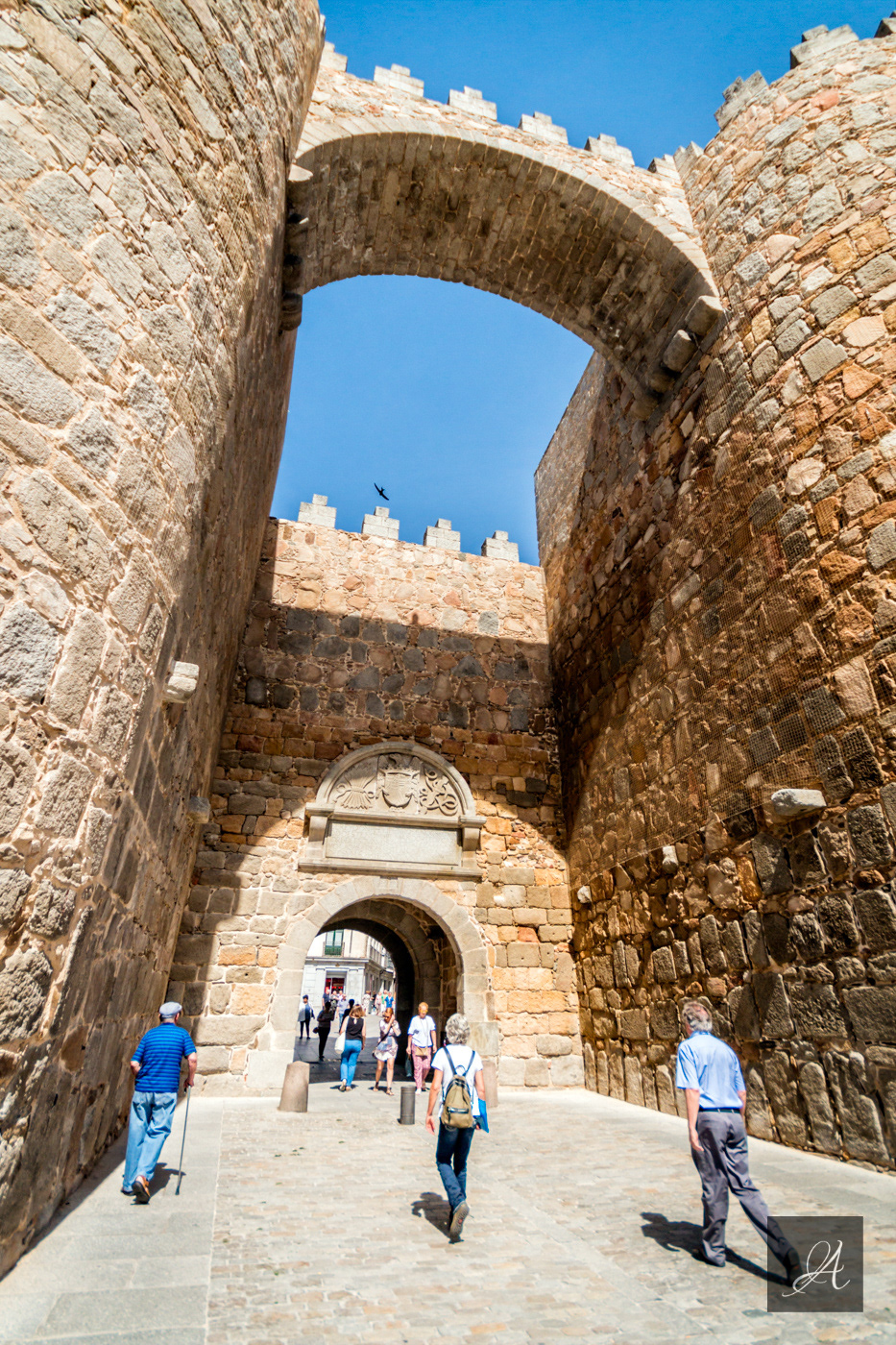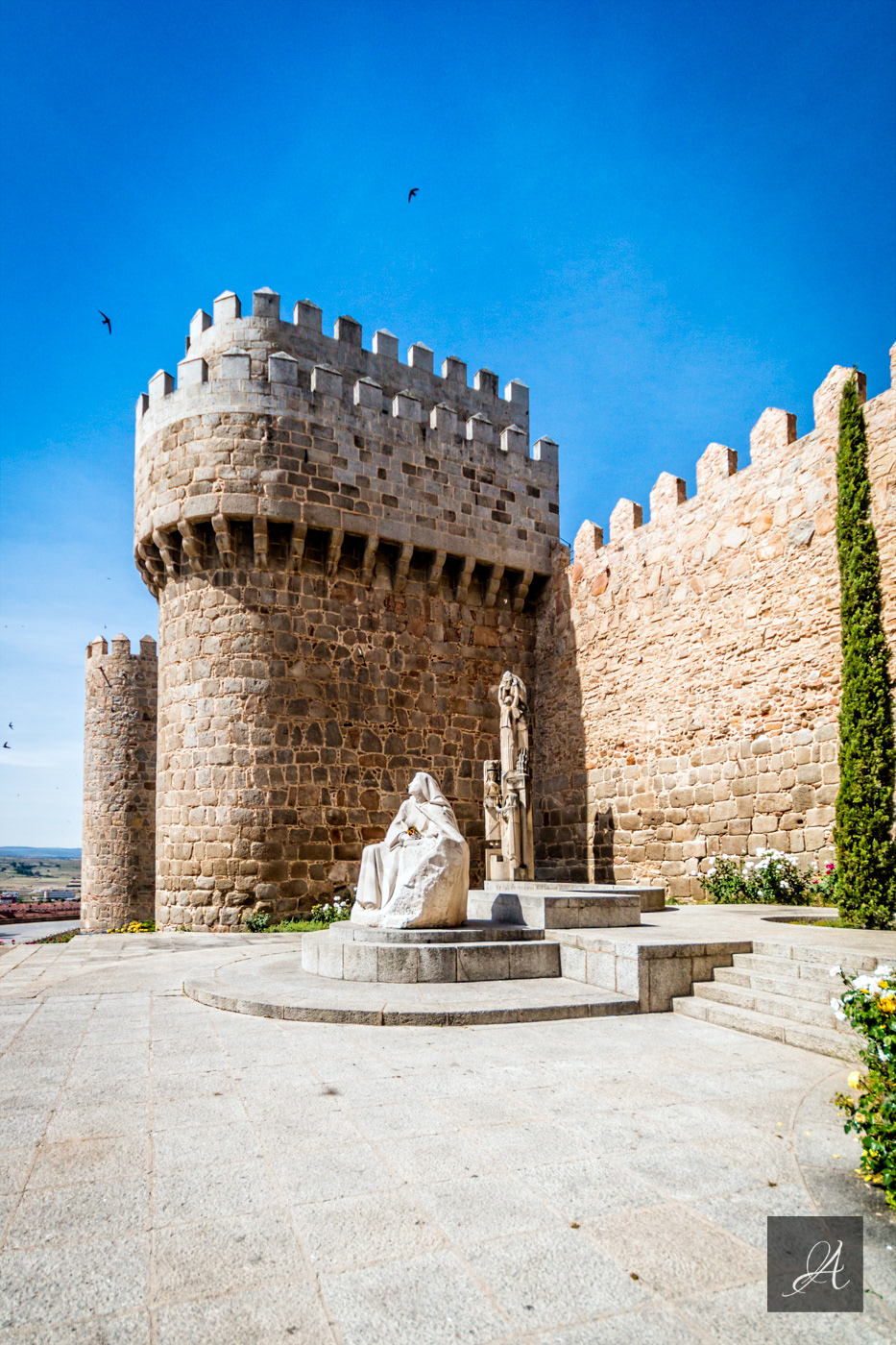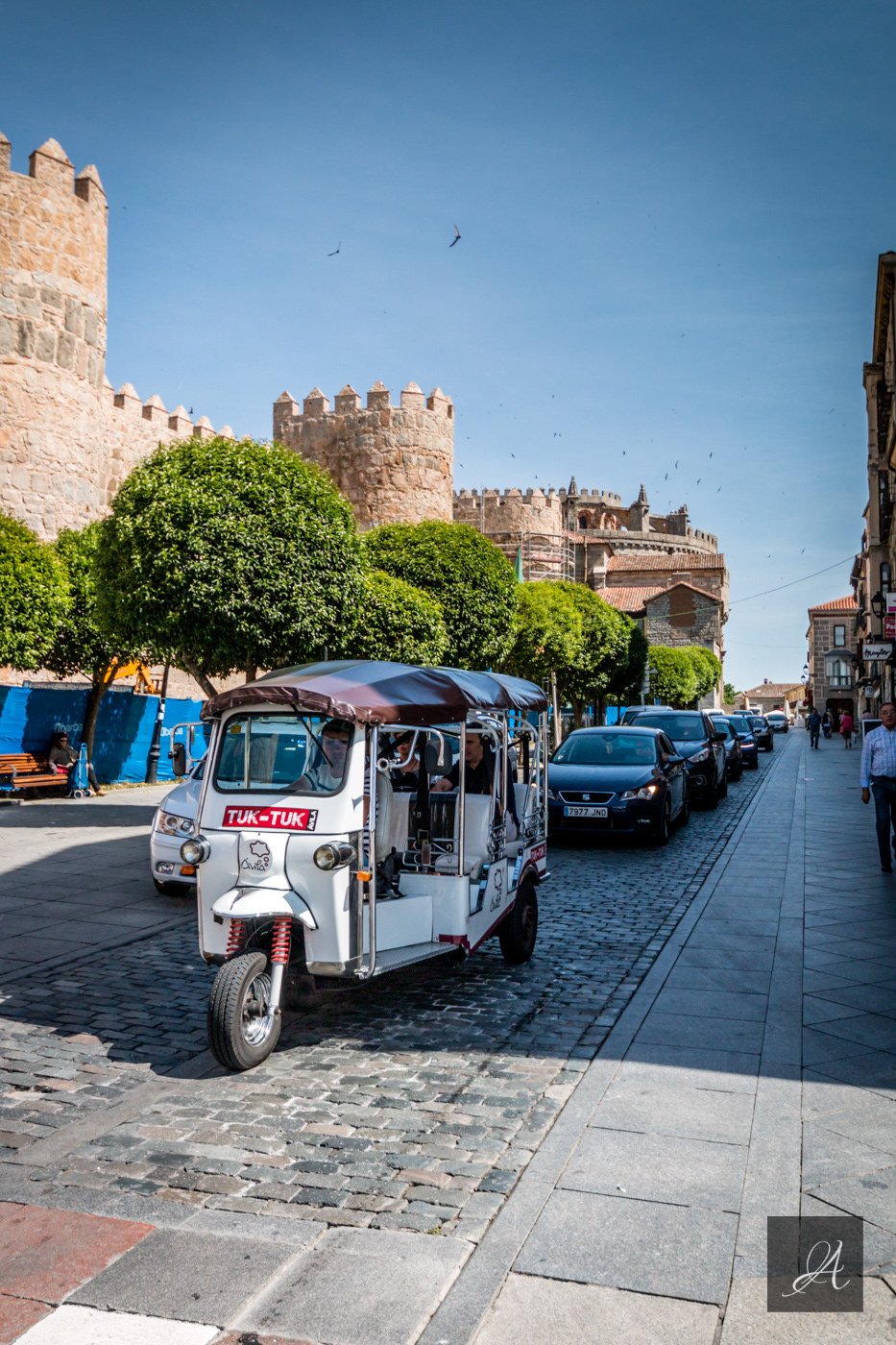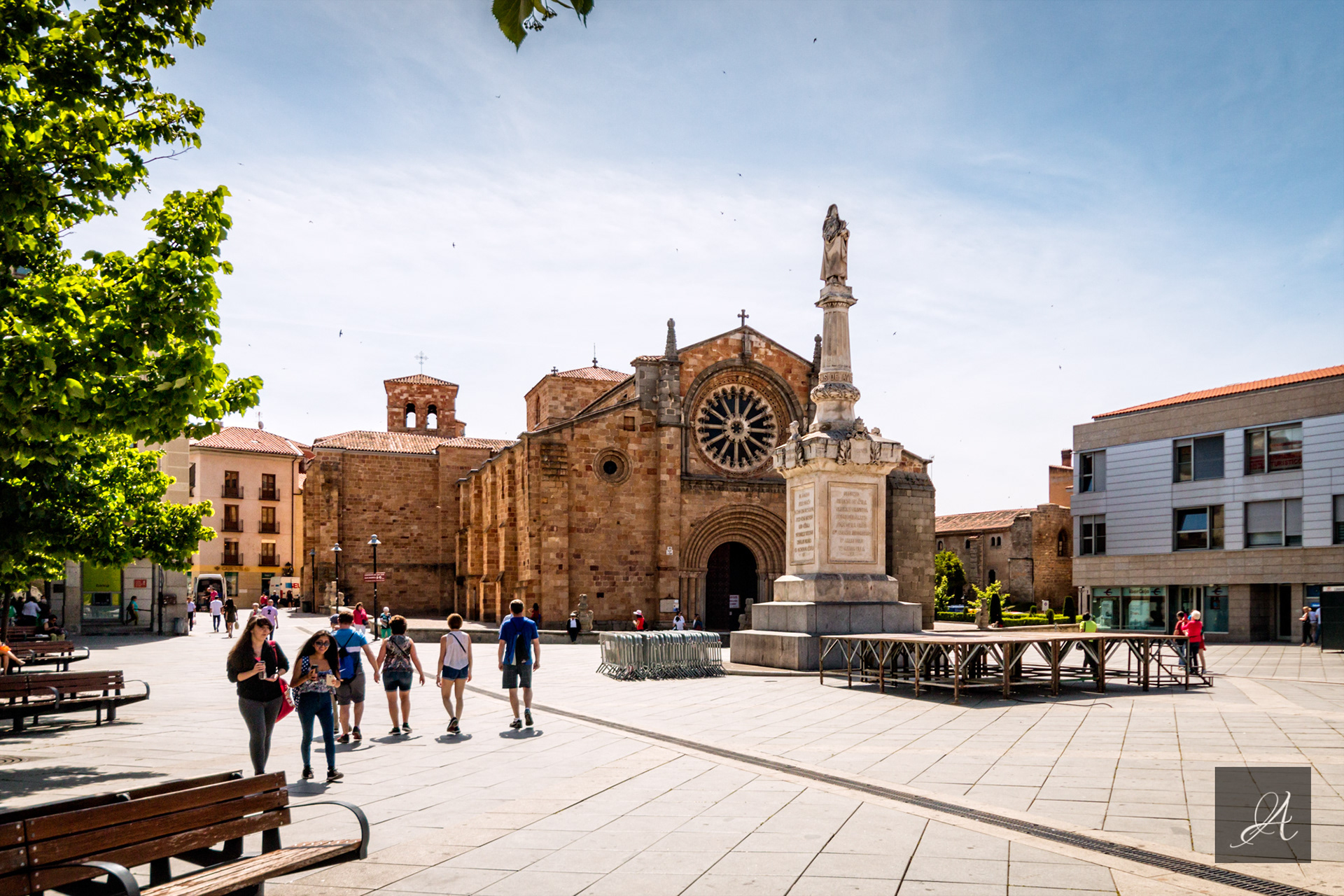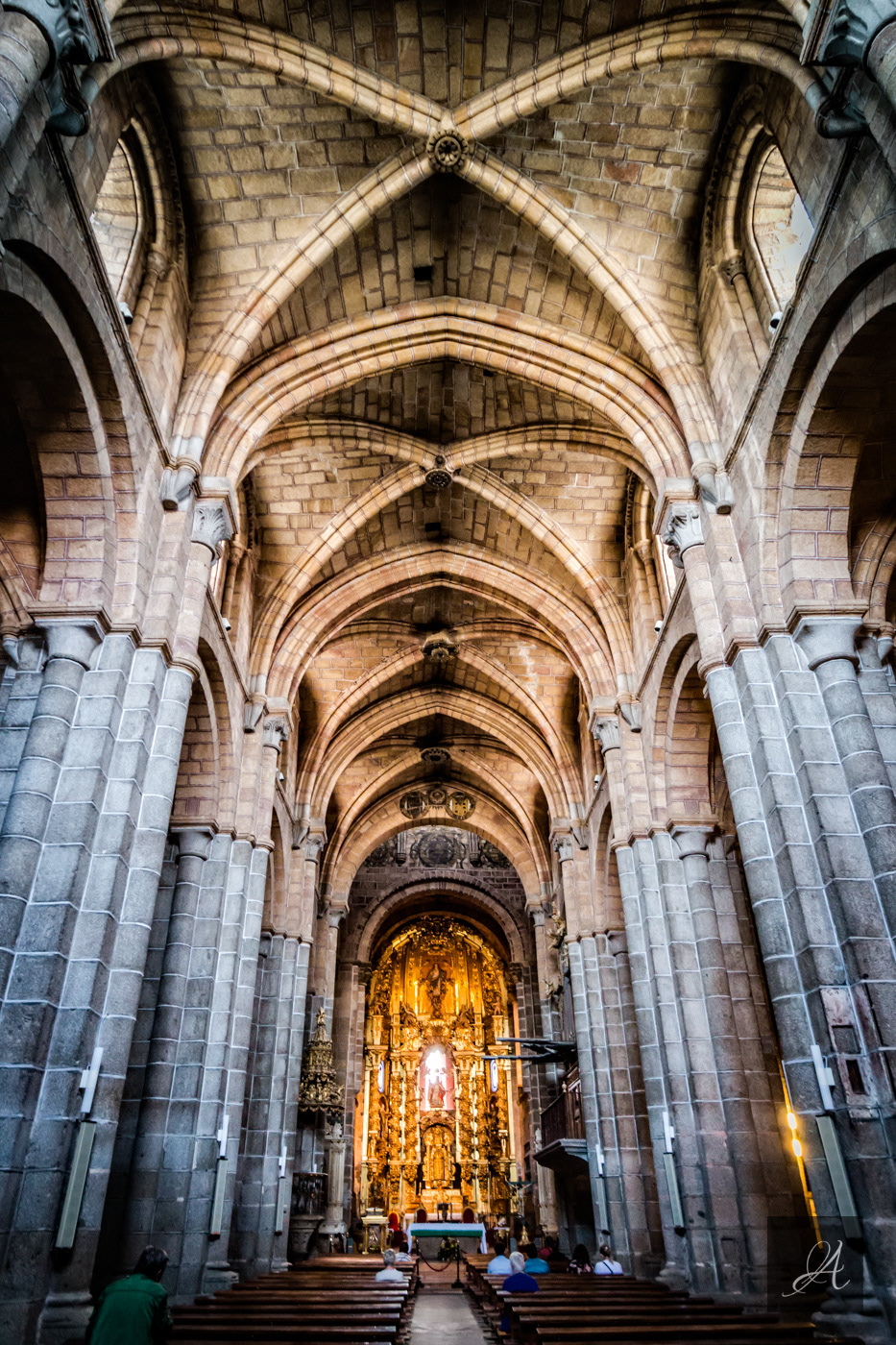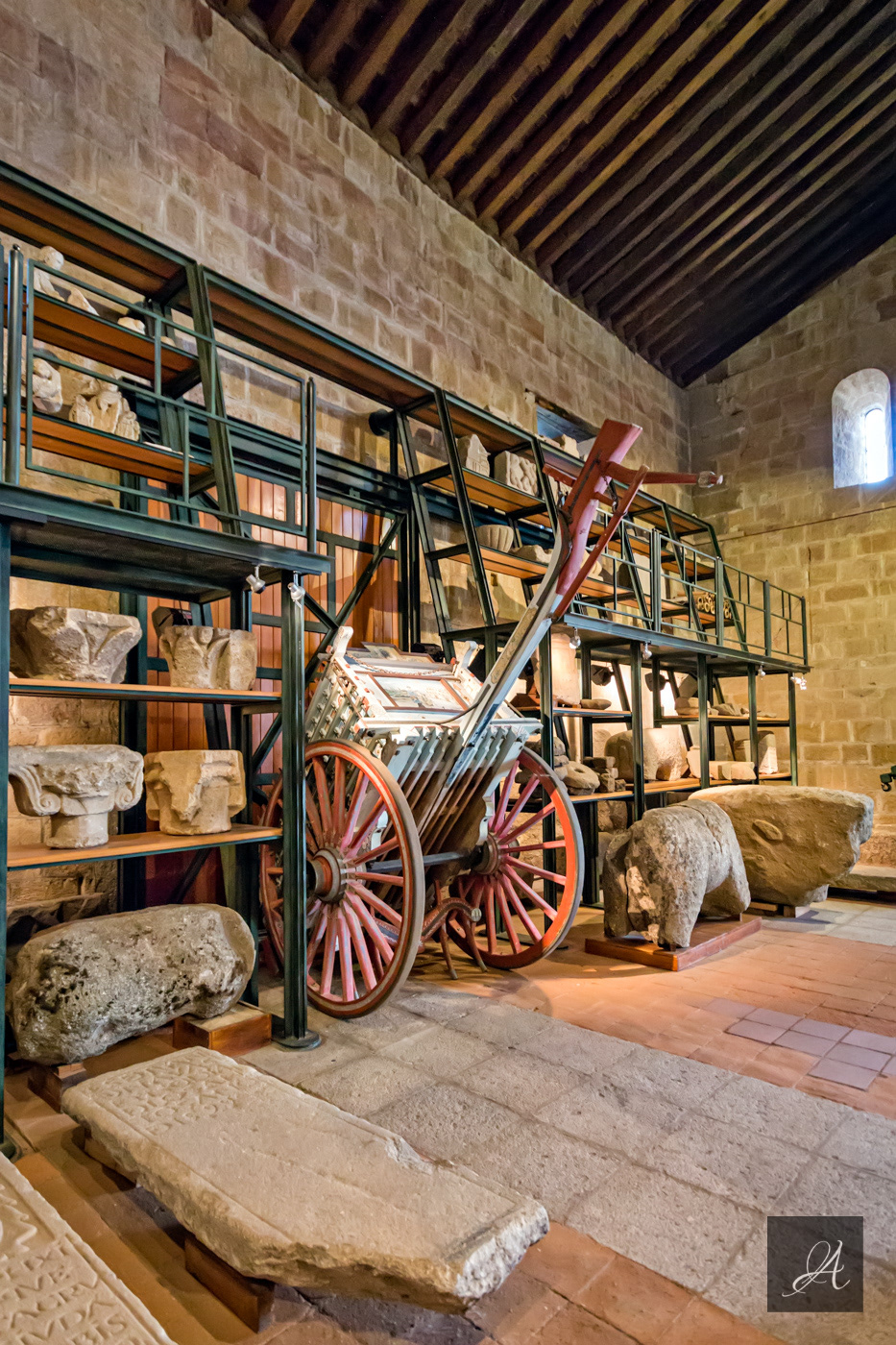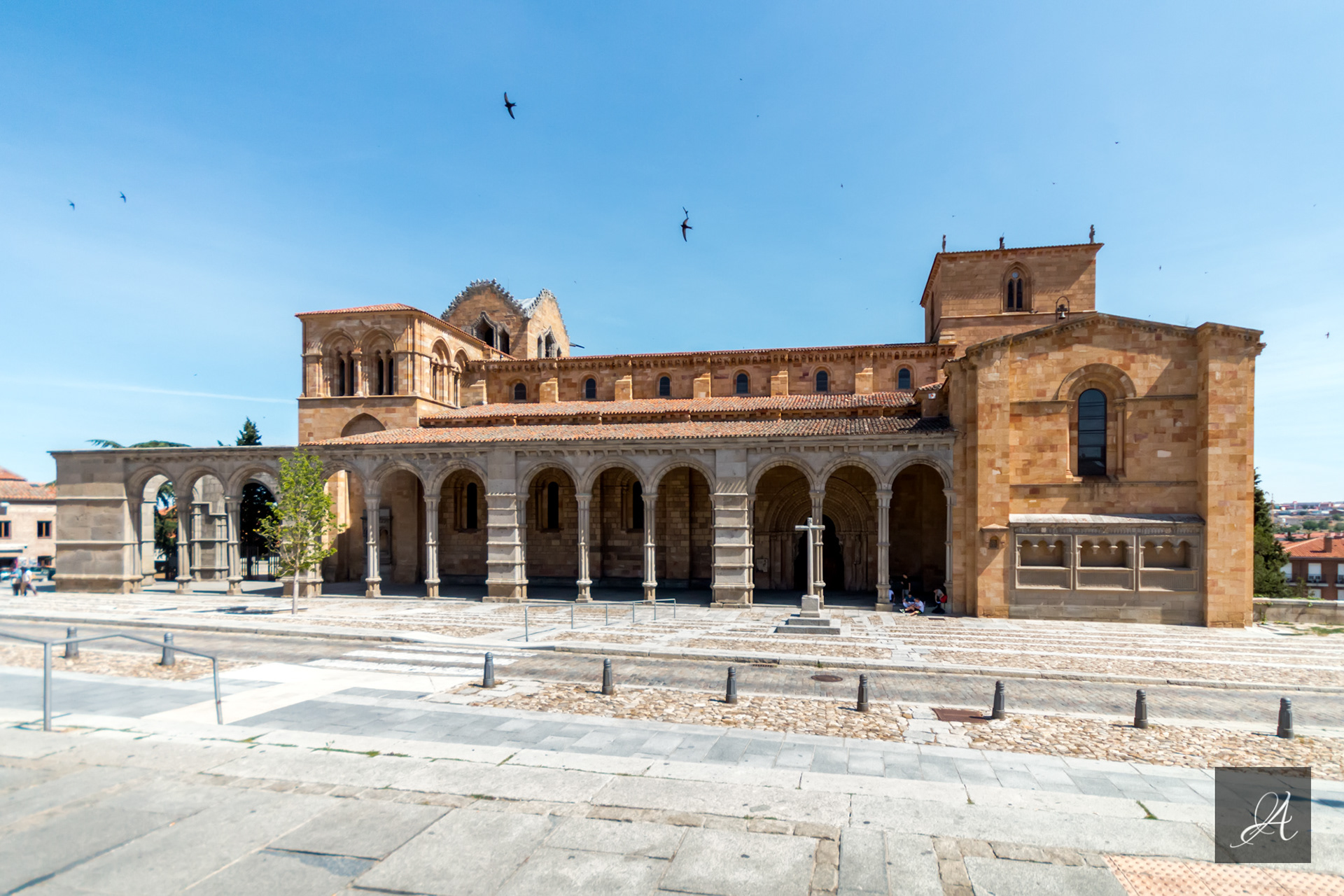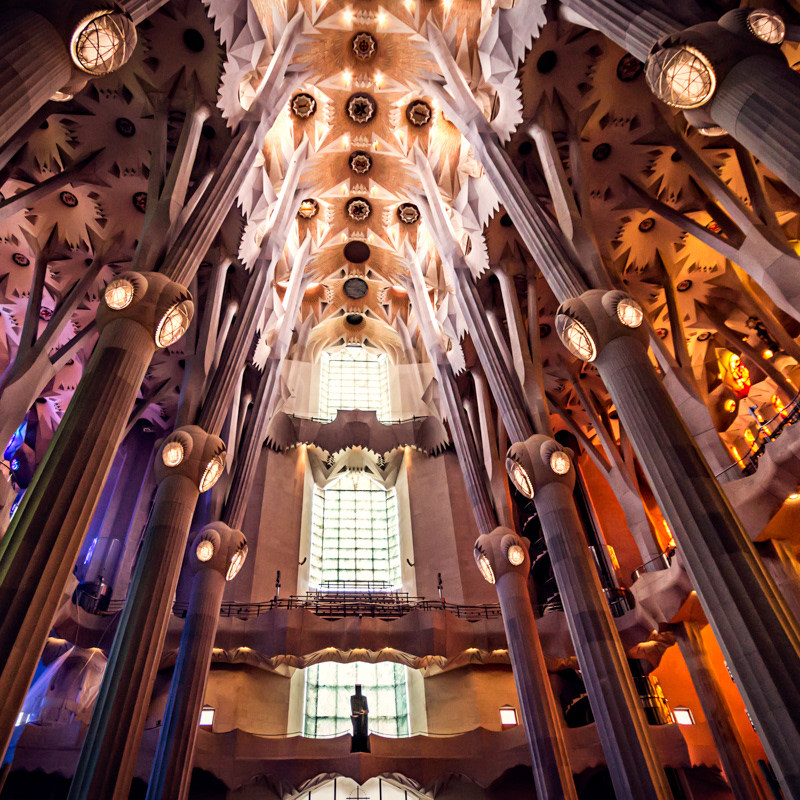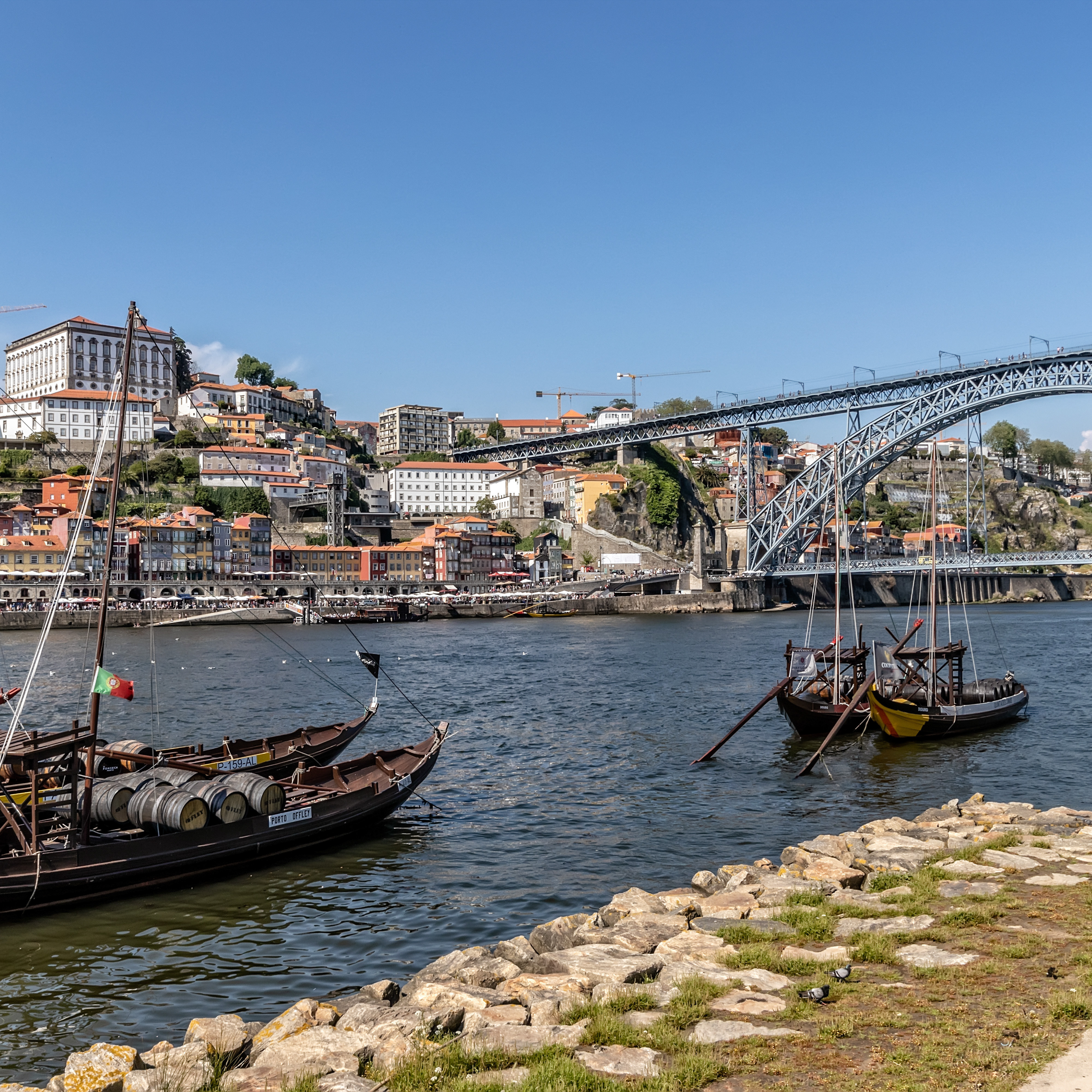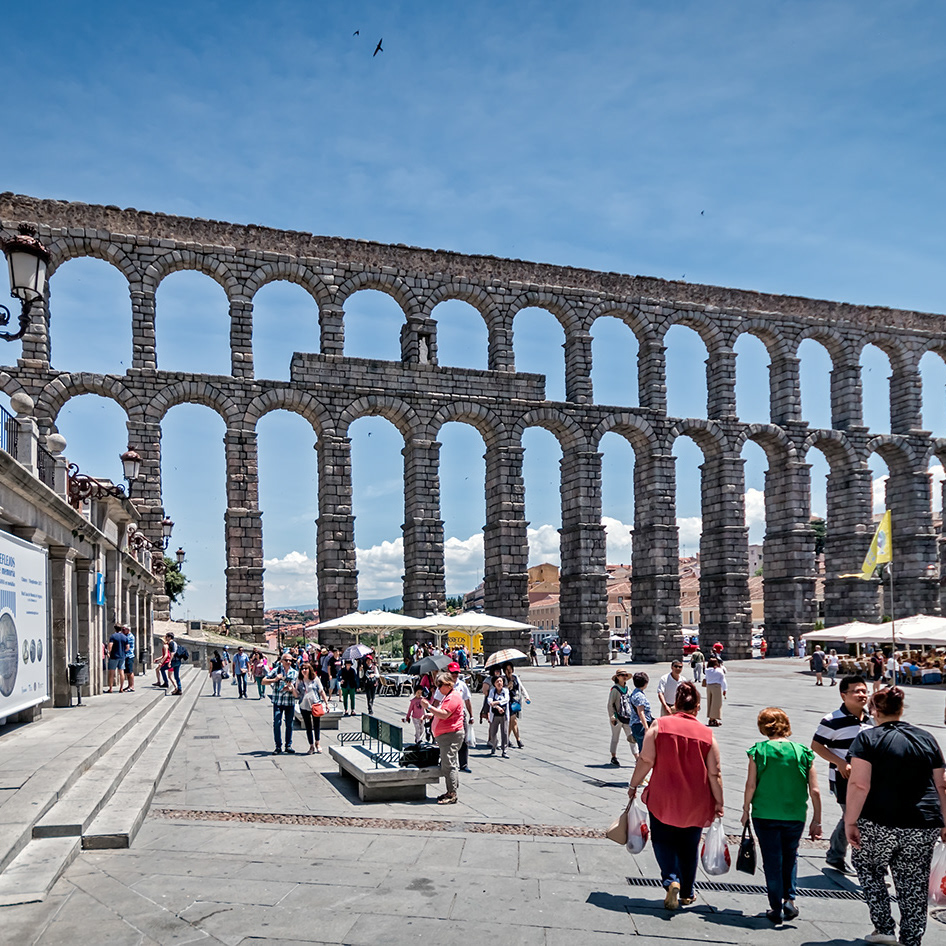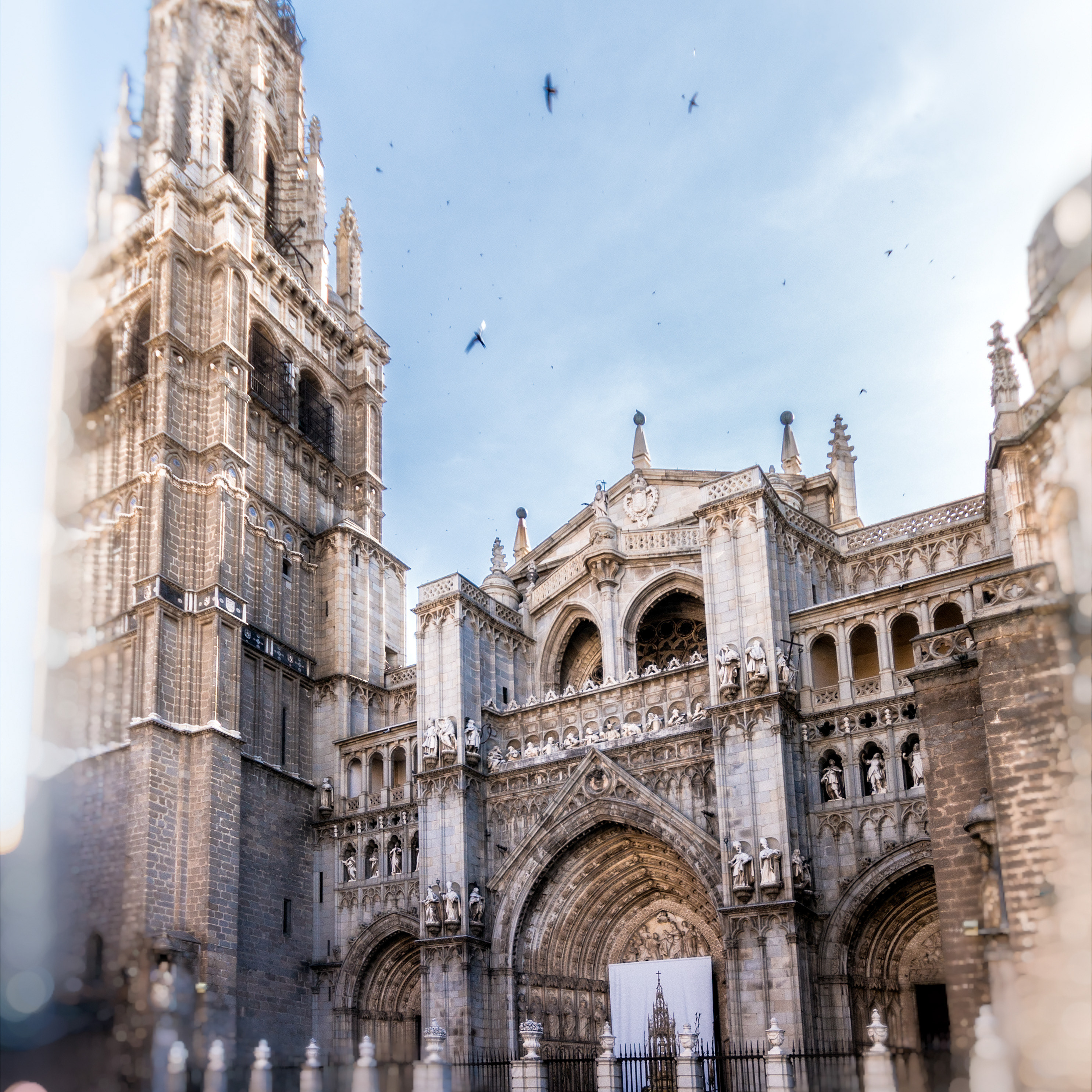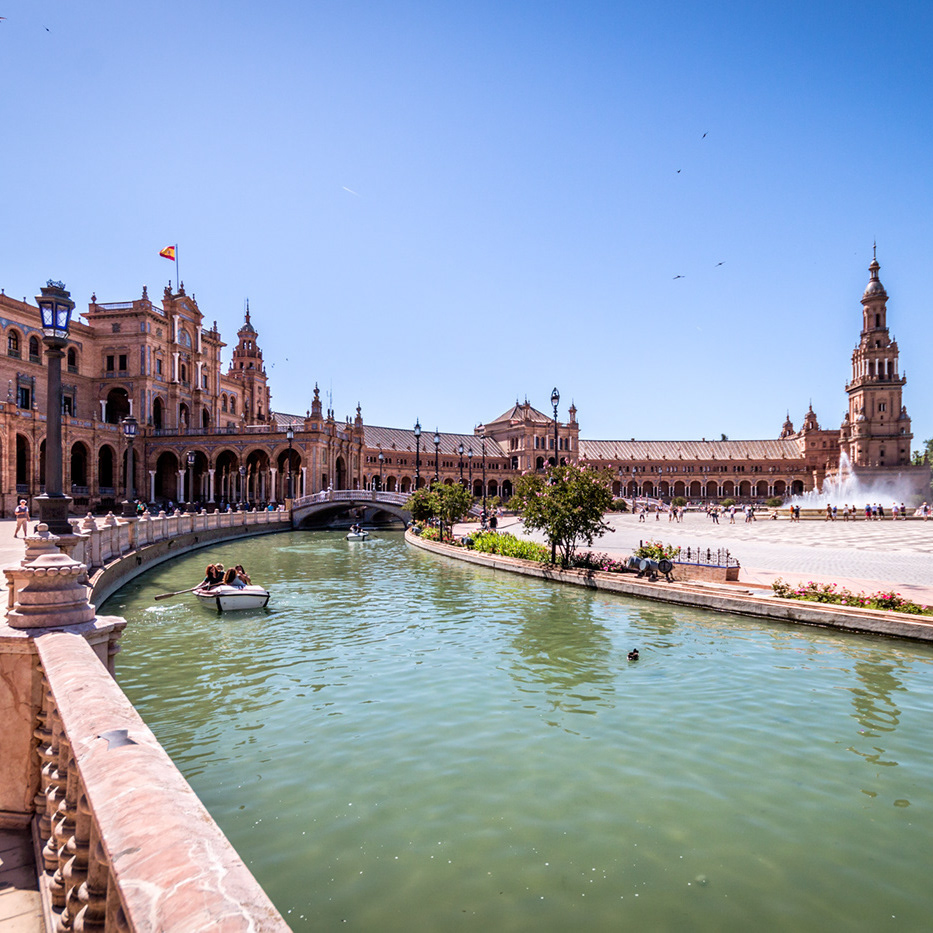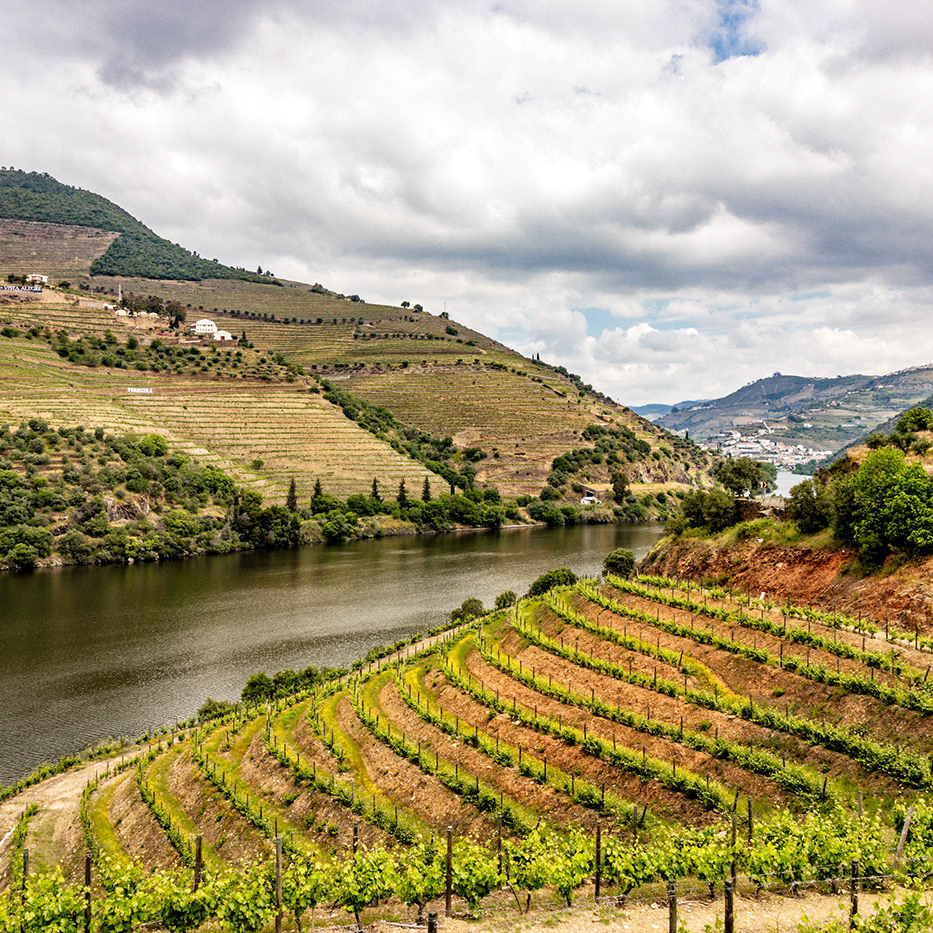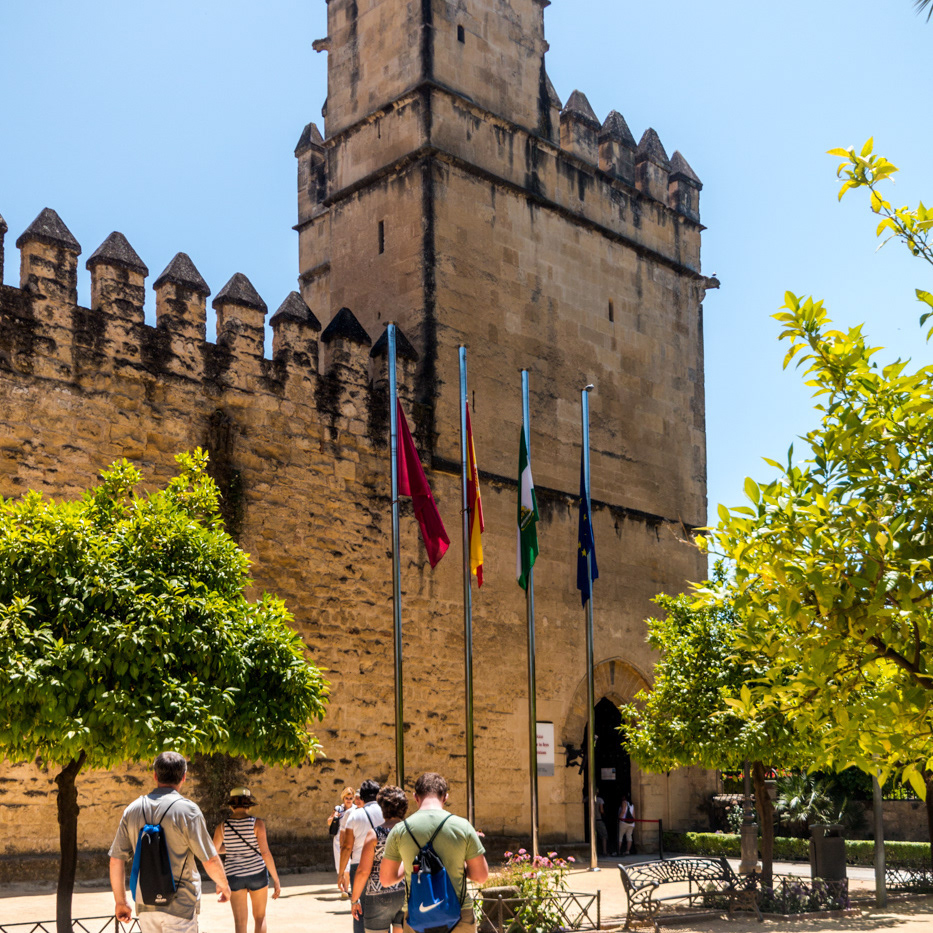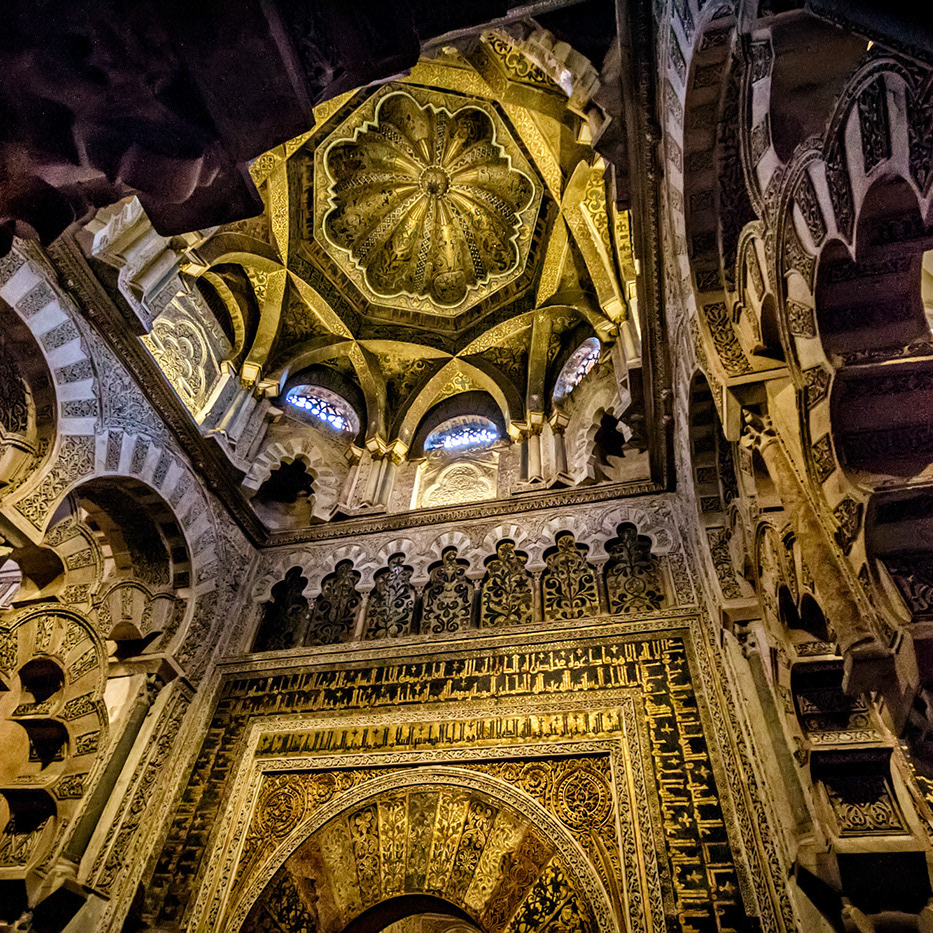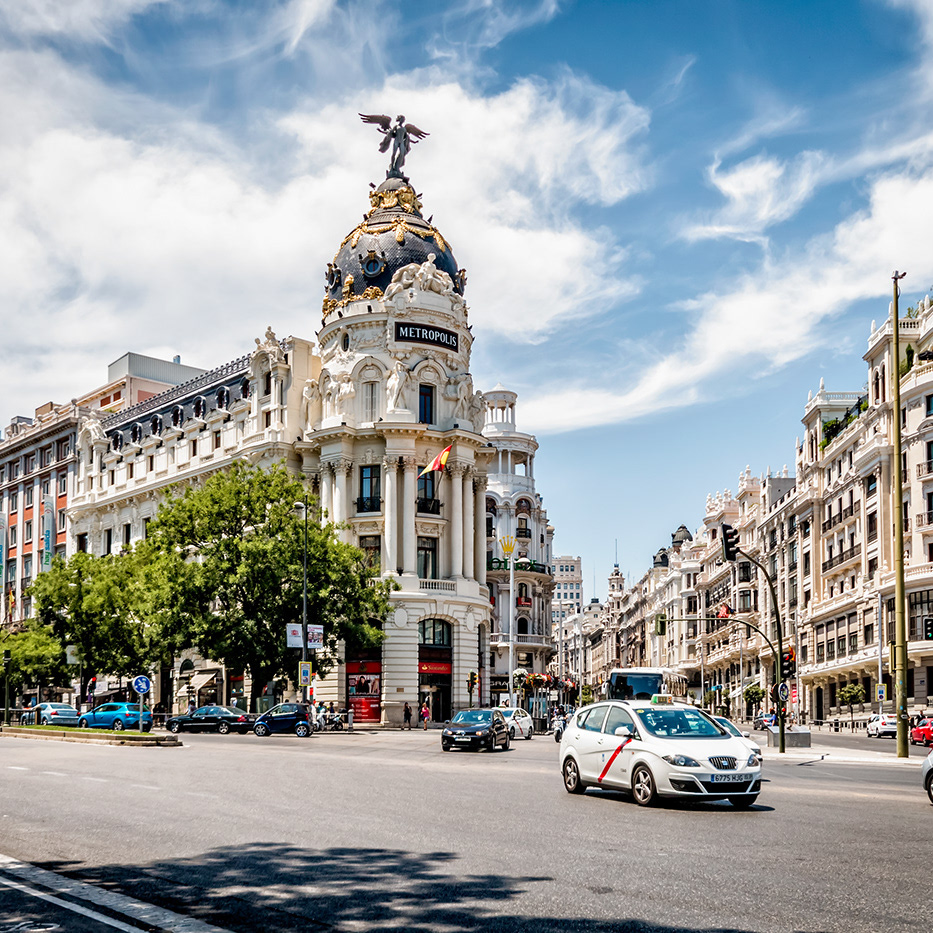Avila, Spain
In pre-Roman times (5th century BC), Ávila was inhabited by the Vettones, who called it Obila ("High Mountain") and built one of their strongest fortresses here. There are Bronze Age stone statues of boars (known as verracio) nearby.
Gate Alcazar
Ávila may have been the ancient town known as Abula, mentioned by Ptolemy in his Geographia (II 6, 60) as being located in the Iberian region of Bastetania. Abula is mentioned as one of the first towns in Hispania that was converted to Christianity by Secundus of Abula (San Segundo), however, Abula may alternatively have been the town of Abla.
After the conquest by ancient Rome, the town was called Abila or Abela. The plan of the town remains typically Roman; rectangular in shape, with its two main streets (cardo and decumanus) intersecting at a forum in the centre. Roman remains that are embedded in town walls at the eastern and southern entrances (now the Alcazar and Rastro Gates) appear to have been ashlar altar stones.
By tradition, in the 1st century, Secundus, having travelled via the Roman province of Hispania Baetica, brought the Gospel to Avila, and was created its first bishop.
After the fall of the Western Roman Empire, Ávila became a stronghold of the Visigoths. Conquered by the Arabs (who called it Ābila, آبلة), it was repeatedly attacked by the northern Iberian Christian kingdoms, becoming a virtually uninhabited no man's land. It was repopulated about 1088 following the definitive reconquest of the area by Raymond of Burgundy, son in law of Alfonso VI of León and Castile. He employed two foreigners, Casandro Romano and Florin de Pituenga, to construct a stone frontier town and creating the walls that still stand.
The city achieved a period of prosperity under the Catholic Monarchs in the early 16th century, and their successors Charles V and Philip II of Spain, but began a long decline during the 17th century, reducing to just 4,000 inhabitants.
In the 19th century, there was some population growth with the construction of the railway line from Madrid to the French border at Irun and an important junction near the town. In 1936, at the outbreak of the Spanish Civil War, the town quickly became part of the area occupied by rebel troops. Growth continued slowly again under Franco, but Ávila has not had a major influence in Spanish society in recent history, apart from the nurturing of politicians such as Adolfo Suárez, the first democratically elected prime minister Spanish post-Franco, and José María Aznar, prime minister from 1996 to 2004, who represented Ávila in the Cortes but was not from the town.
Walls of Ávila
Its main monument is the imposing Walls of Ávila (11th-14th centuries), begun in 1090. The enclosed area is 31 hectares (77 acres) with a perimeter of 2,516 metres (2,752 yd), 88 blocks or semicircular towers, 2,500 merlons, curtain walls 3 m (9 ft 10 in) thick, with an average height of 12 m (39 ft) and 9 gates. It is the largest fully illuminated monument in the world. It is possible to walk upon the walls themselves for roughly half their circumference. Whilst some of the walls will never be navigable in this way because of their integration into other structures, there is a large stretch of the walls that has yet to be made safe for pedestrians.
Cathedral of Ávila
The construction of the iron-grey granite Gothic Cathedral of Ávila is said to have commenced in 1107 under Alvar Garcia de Estrella. Other historians believe the Cathedral to be the work of the master mason Fruchel in the 12th century, coinciding with the repopulation of the town led by Raymond of Burgundy. The eastern apse, which forms part of the town walls, is half church, half fortress, and it was here that the loyal citizens elevated Alonso VII as their king, hence Ávila del Rey. The transept was finished in 1350 by Bishop Sancho de Ávila. The earlier Romanesque parts are made of a striking red-and-white "blood" limestone, while the Gothic parts were built with pure white stone.
From Wikipedia, the free encyclopedia

